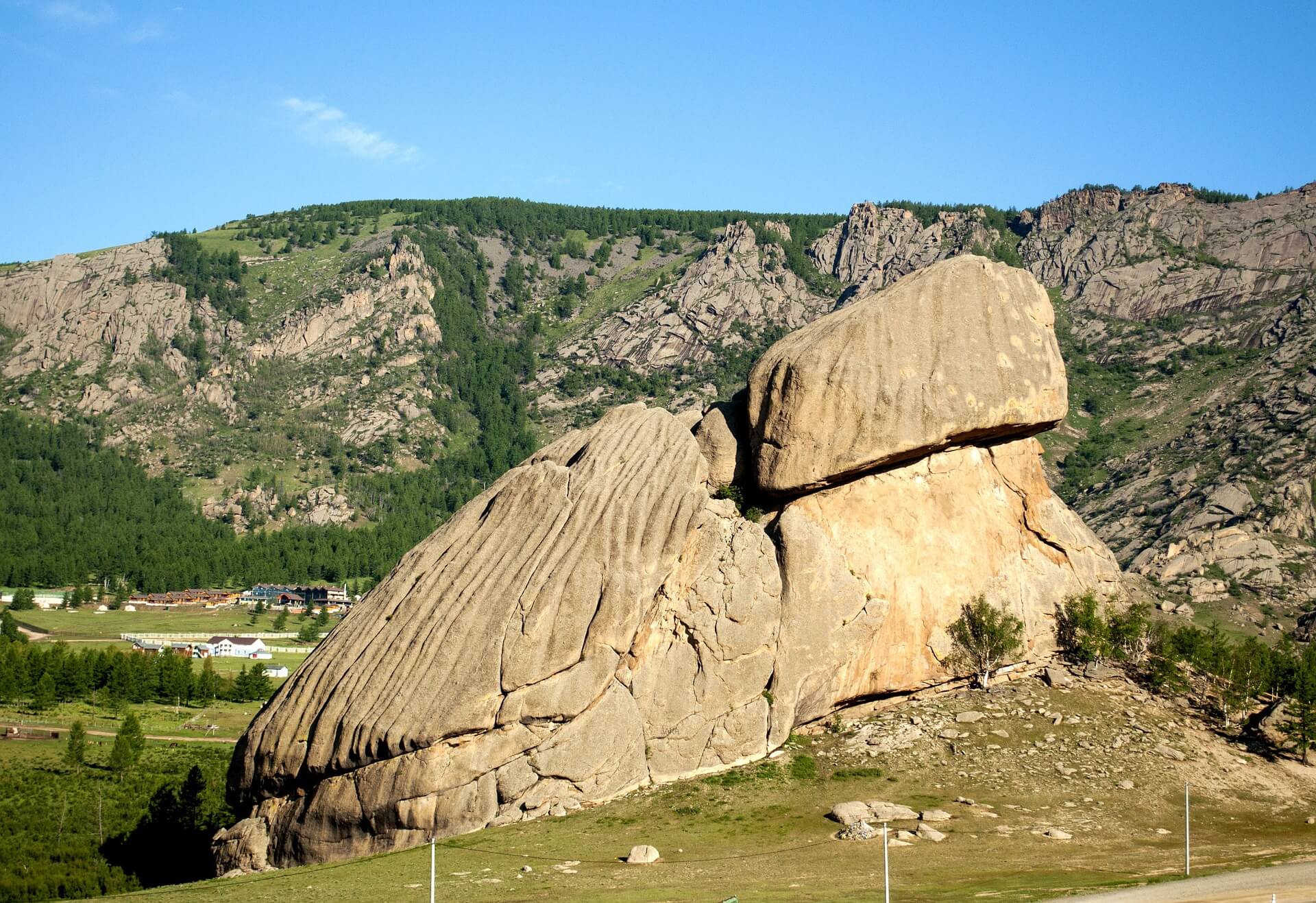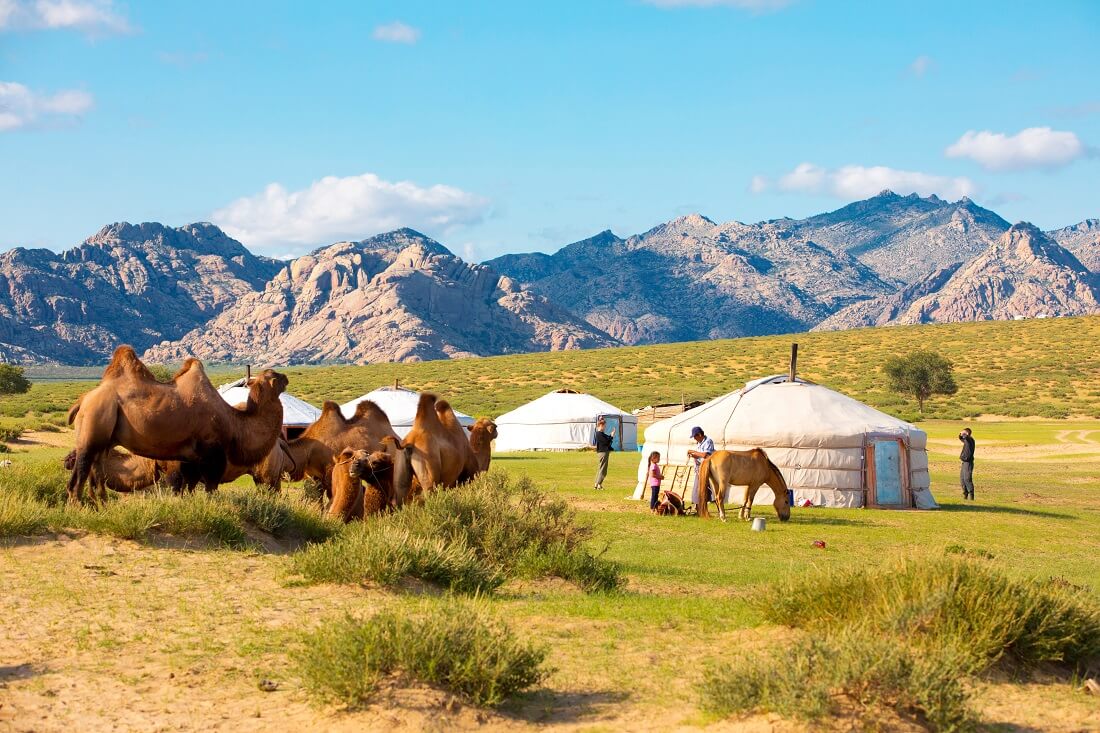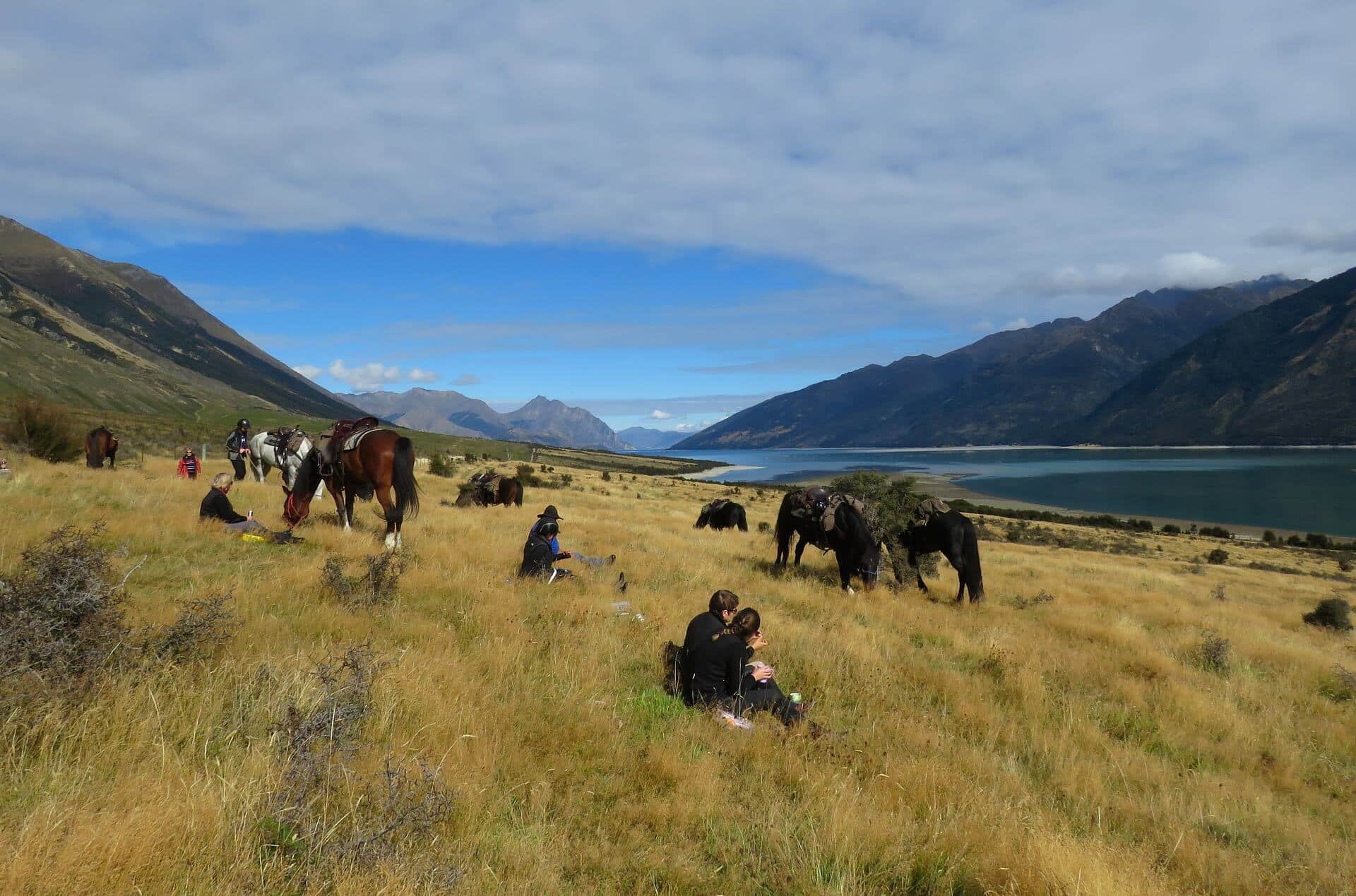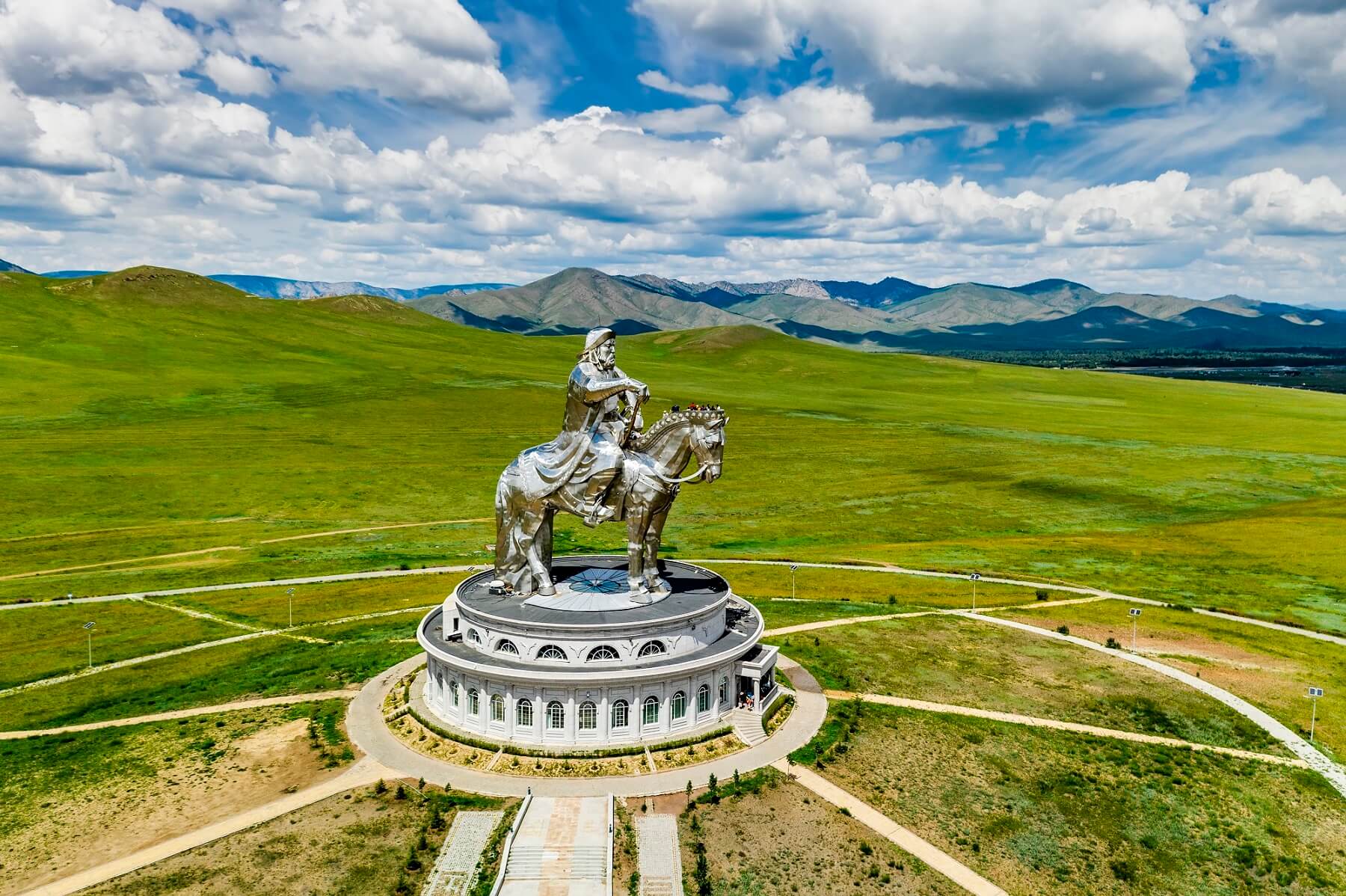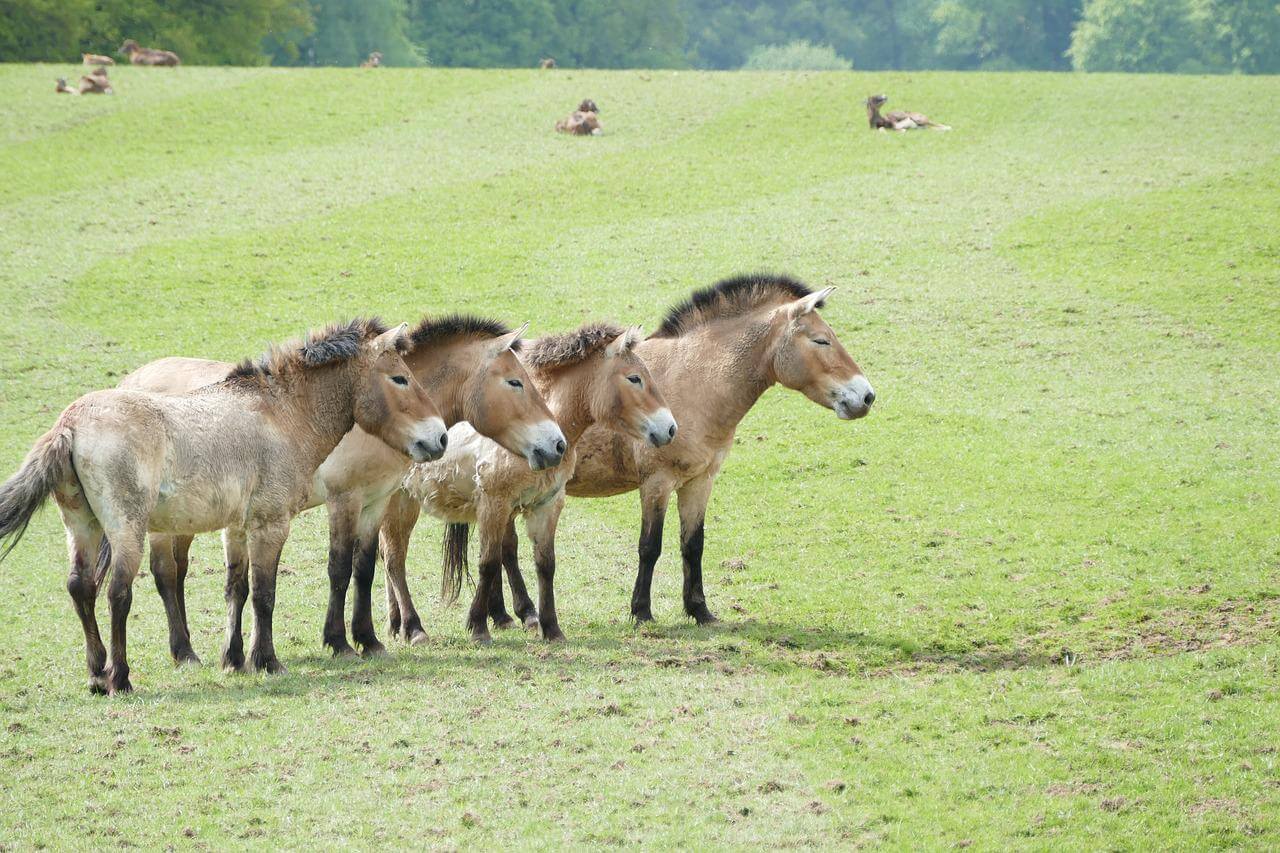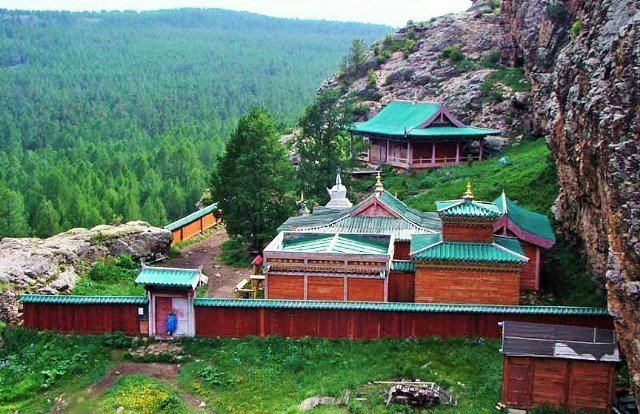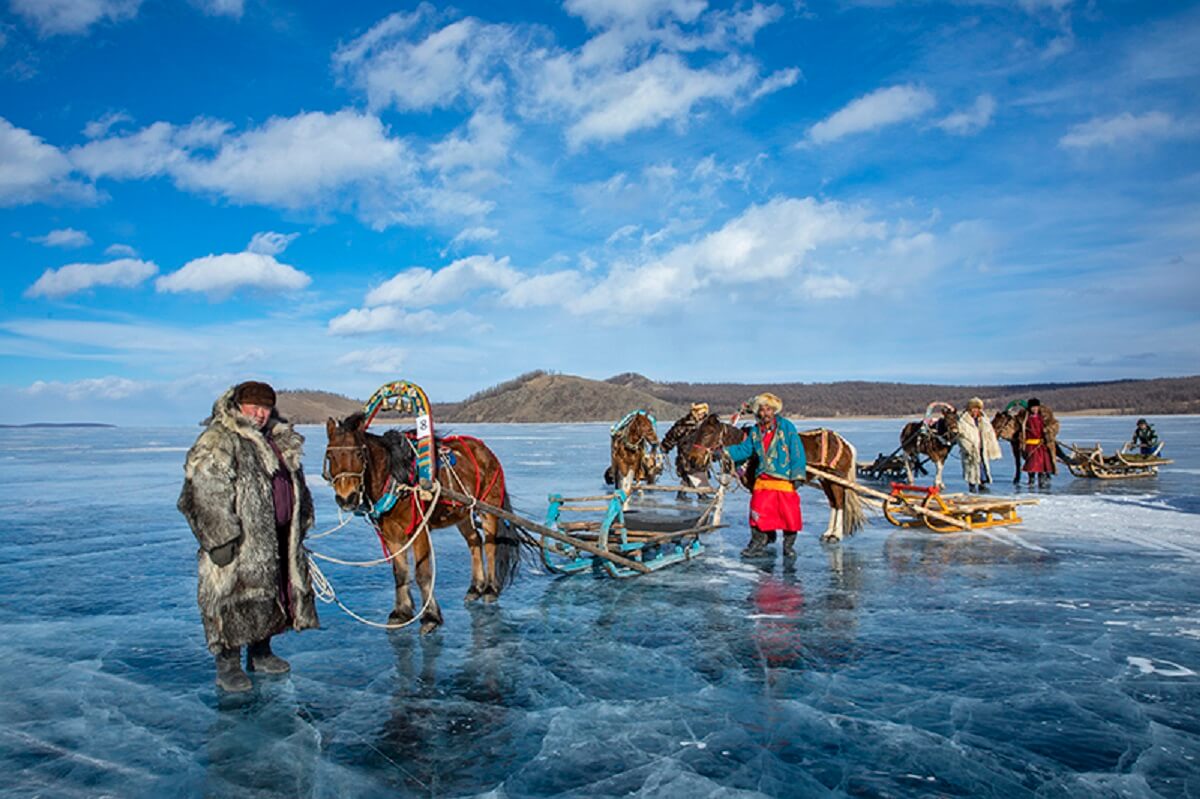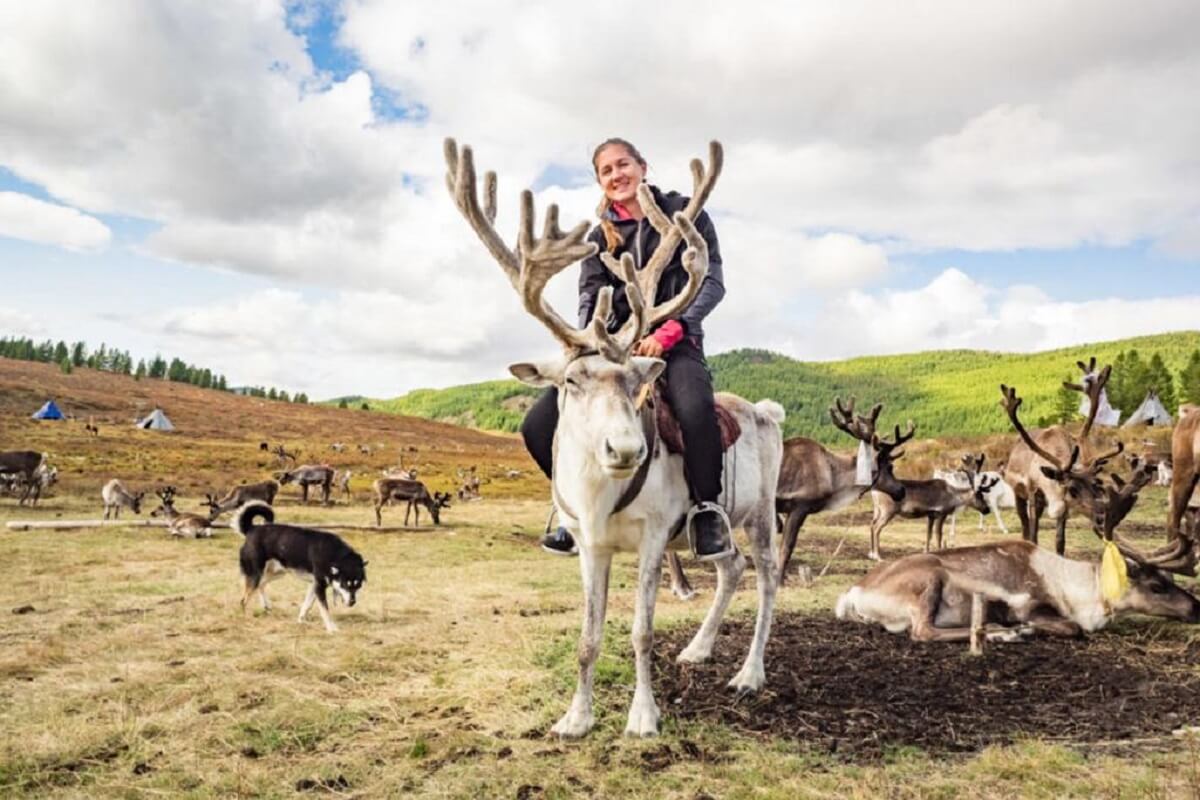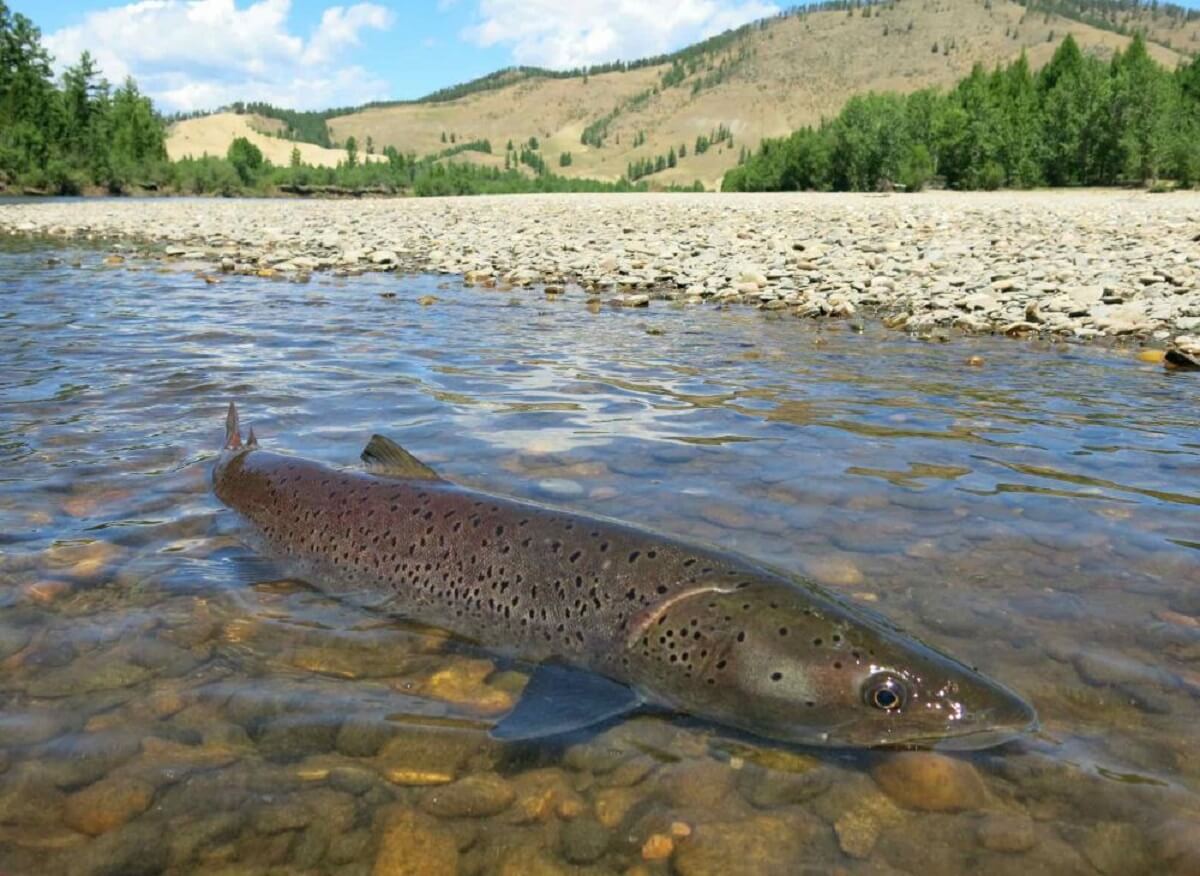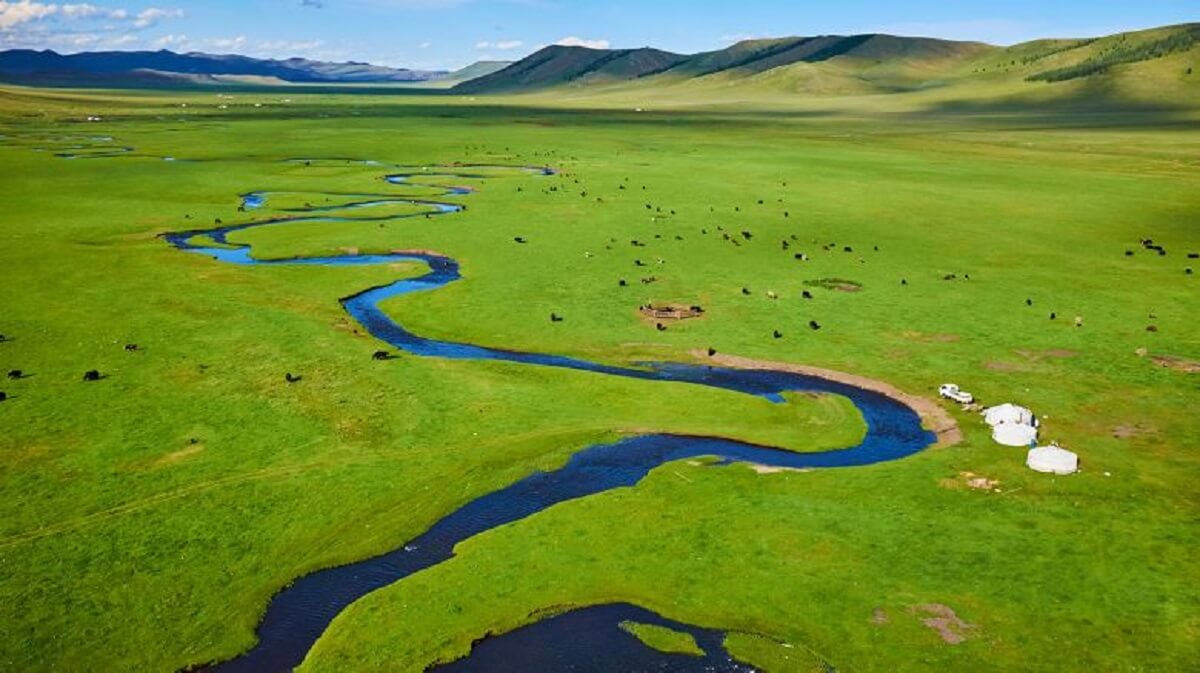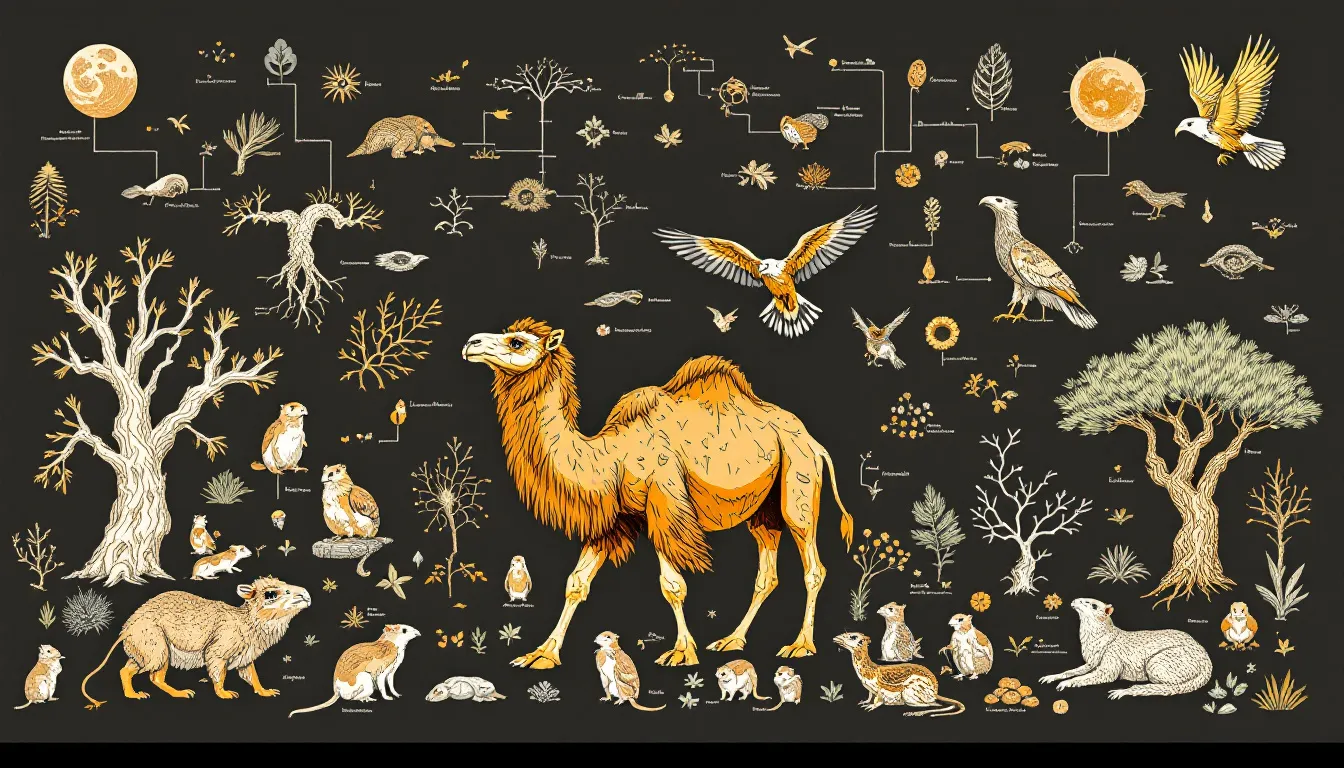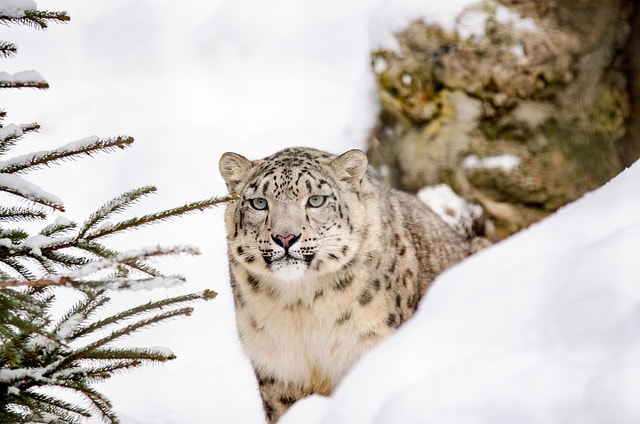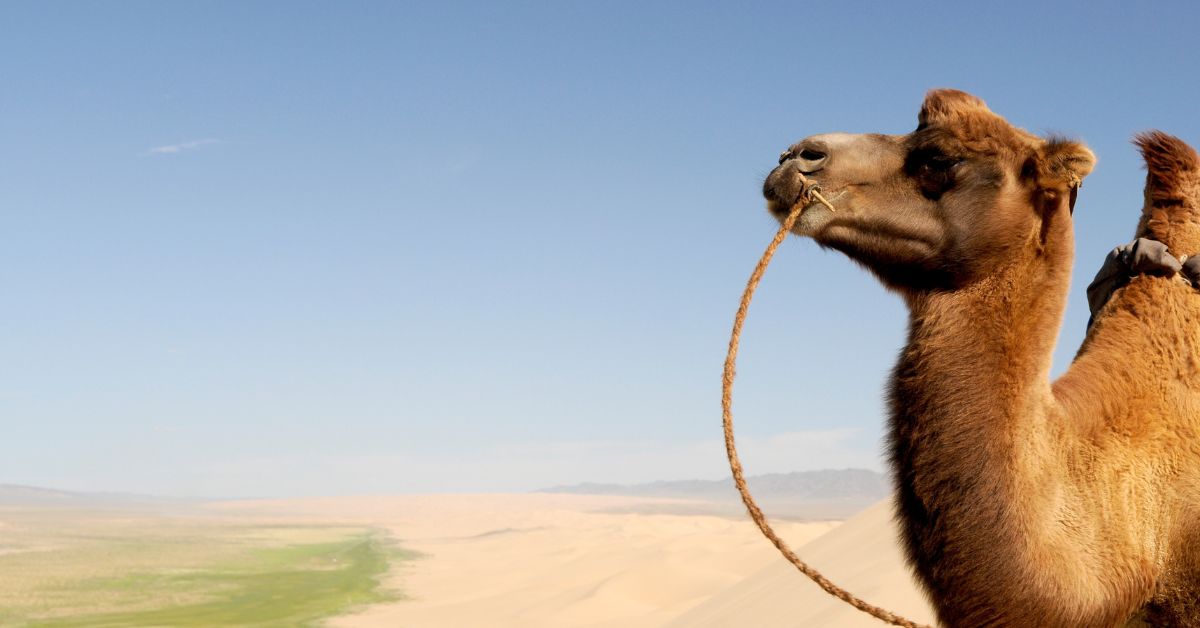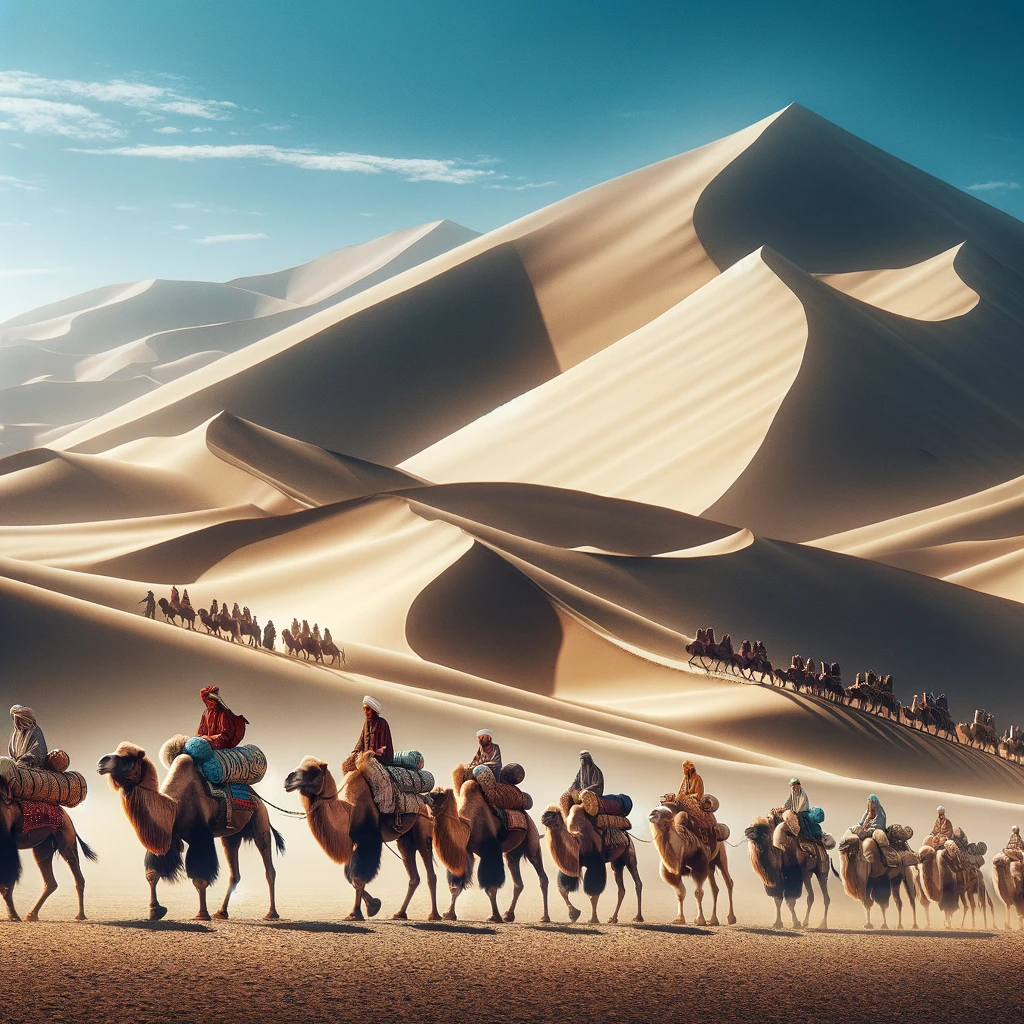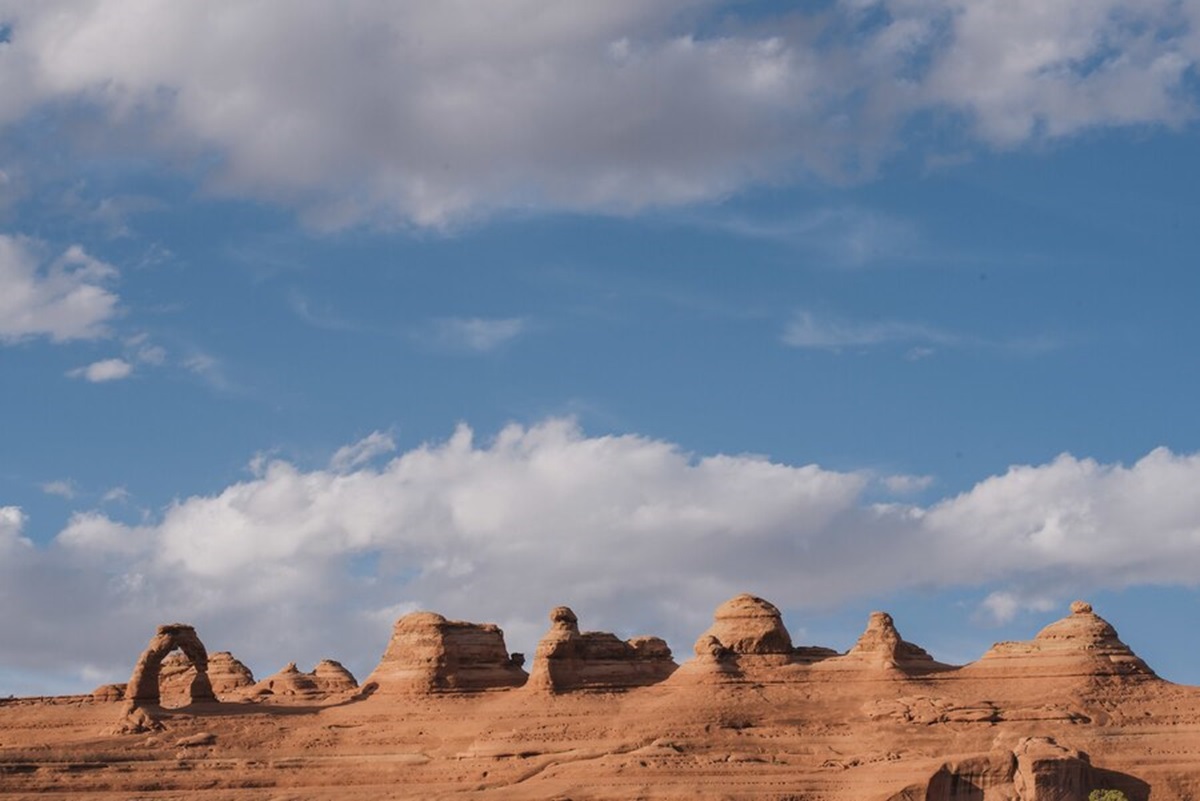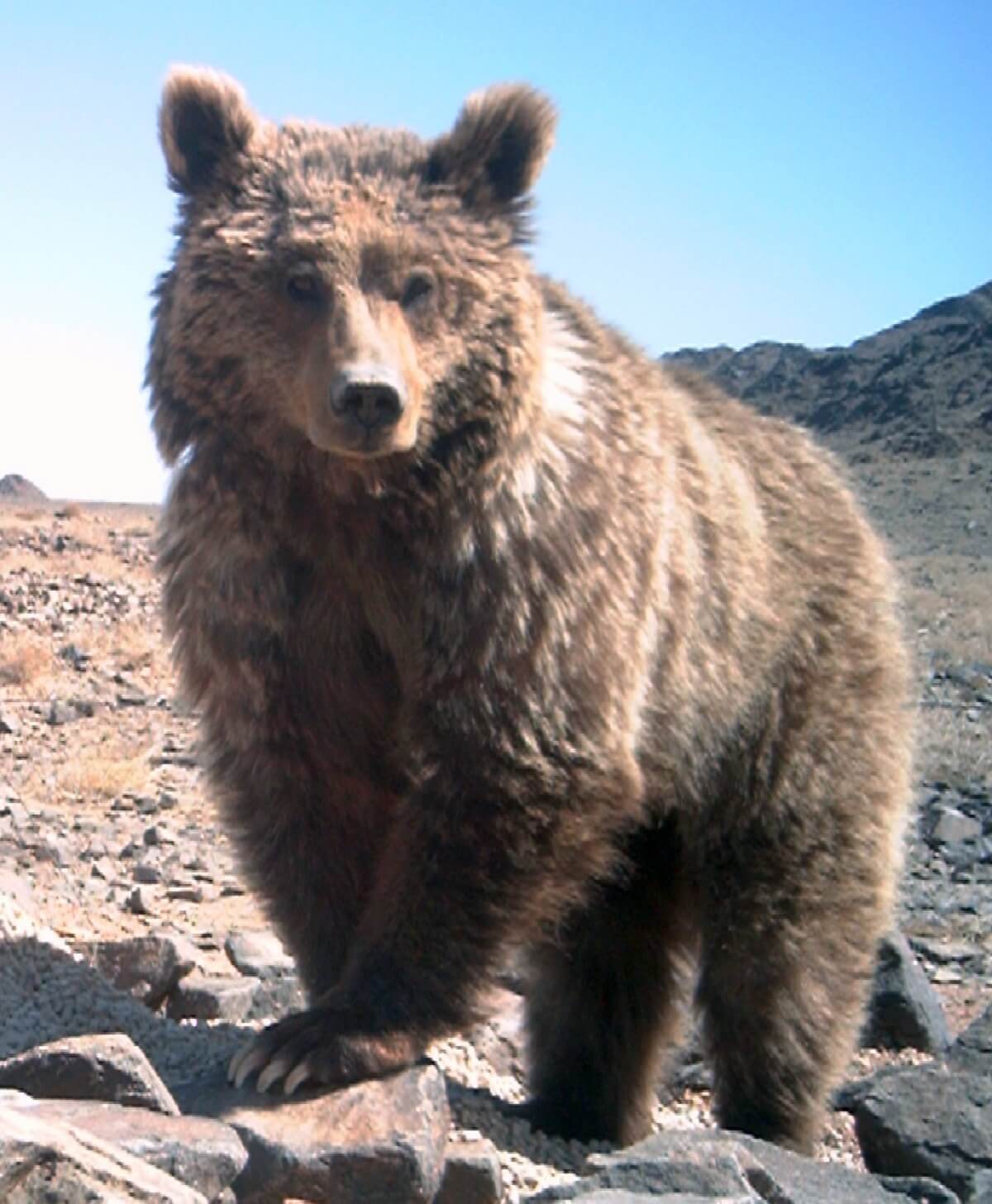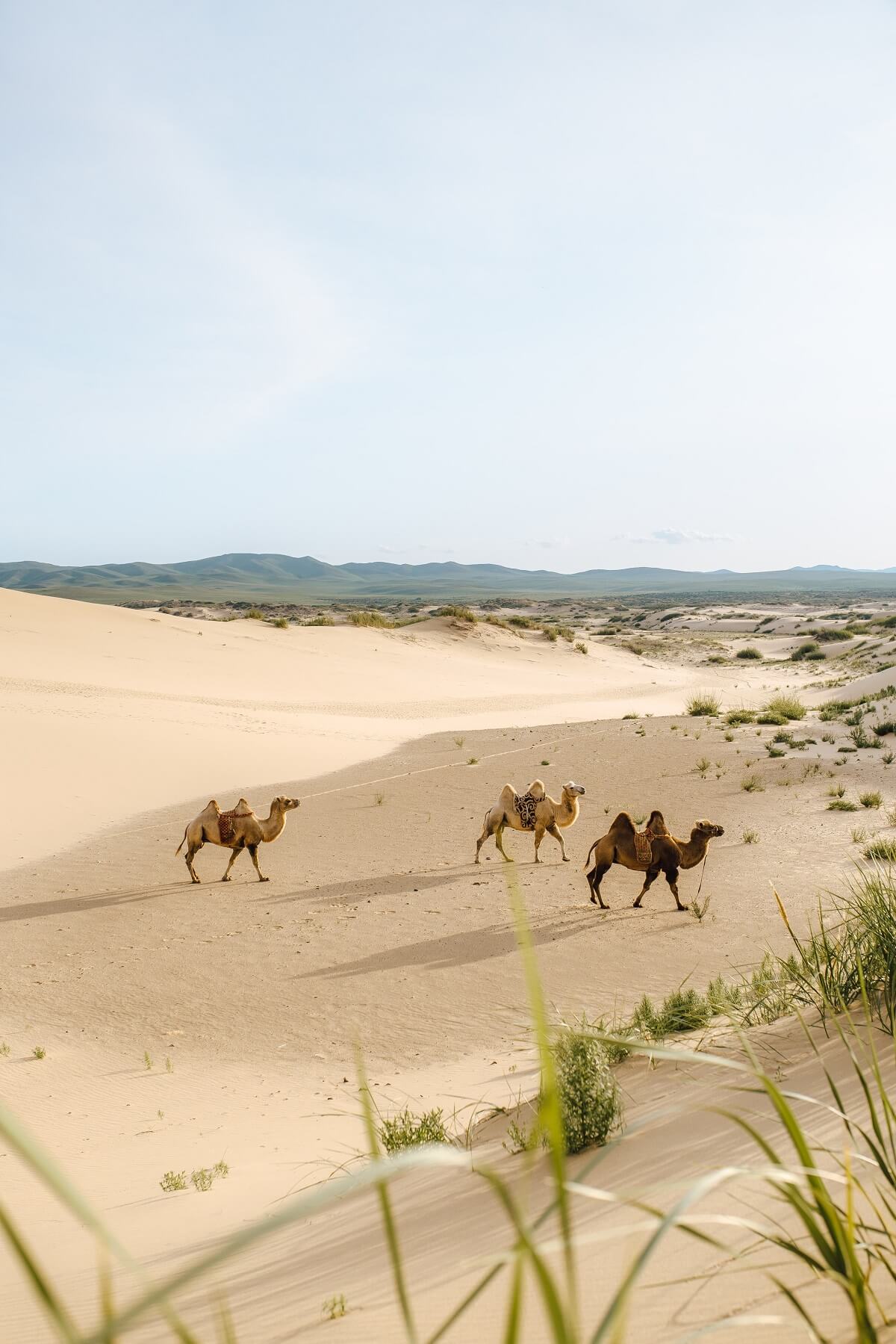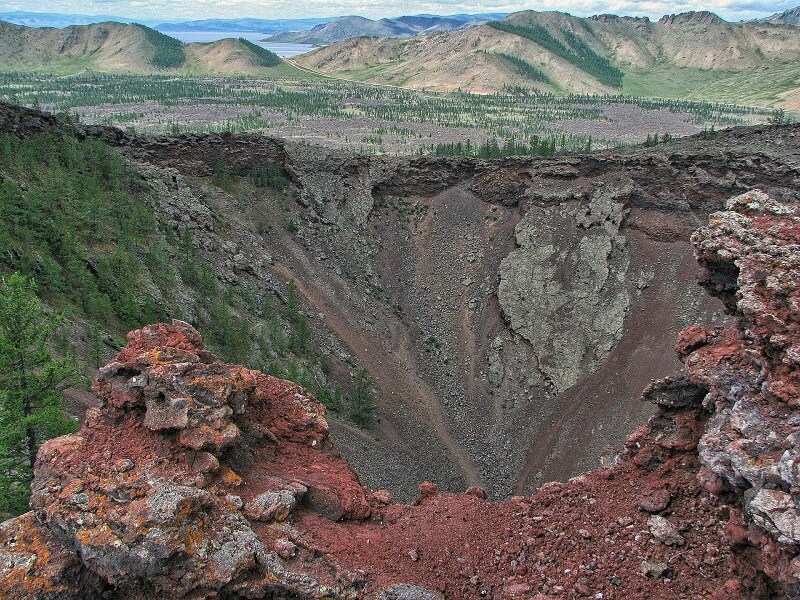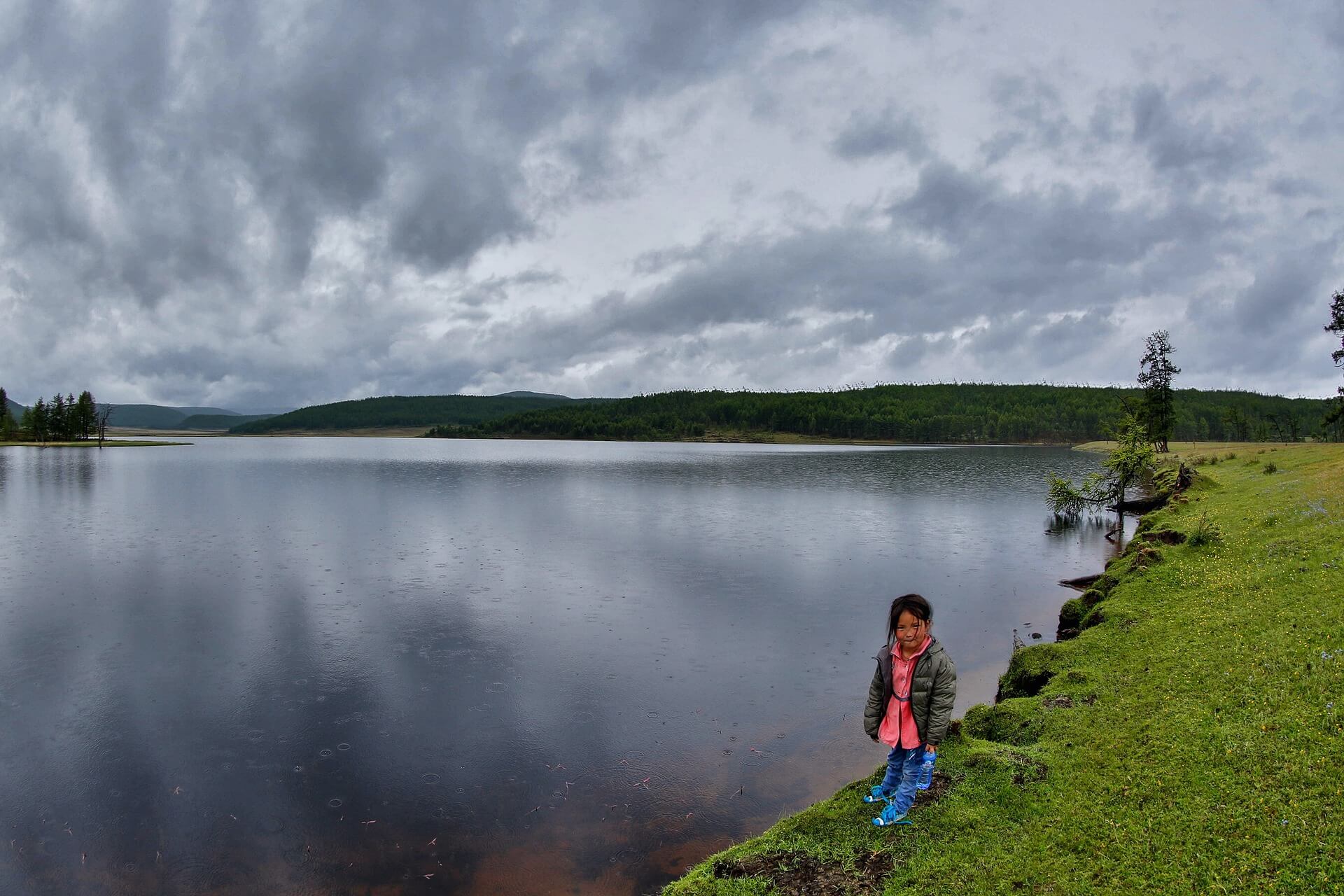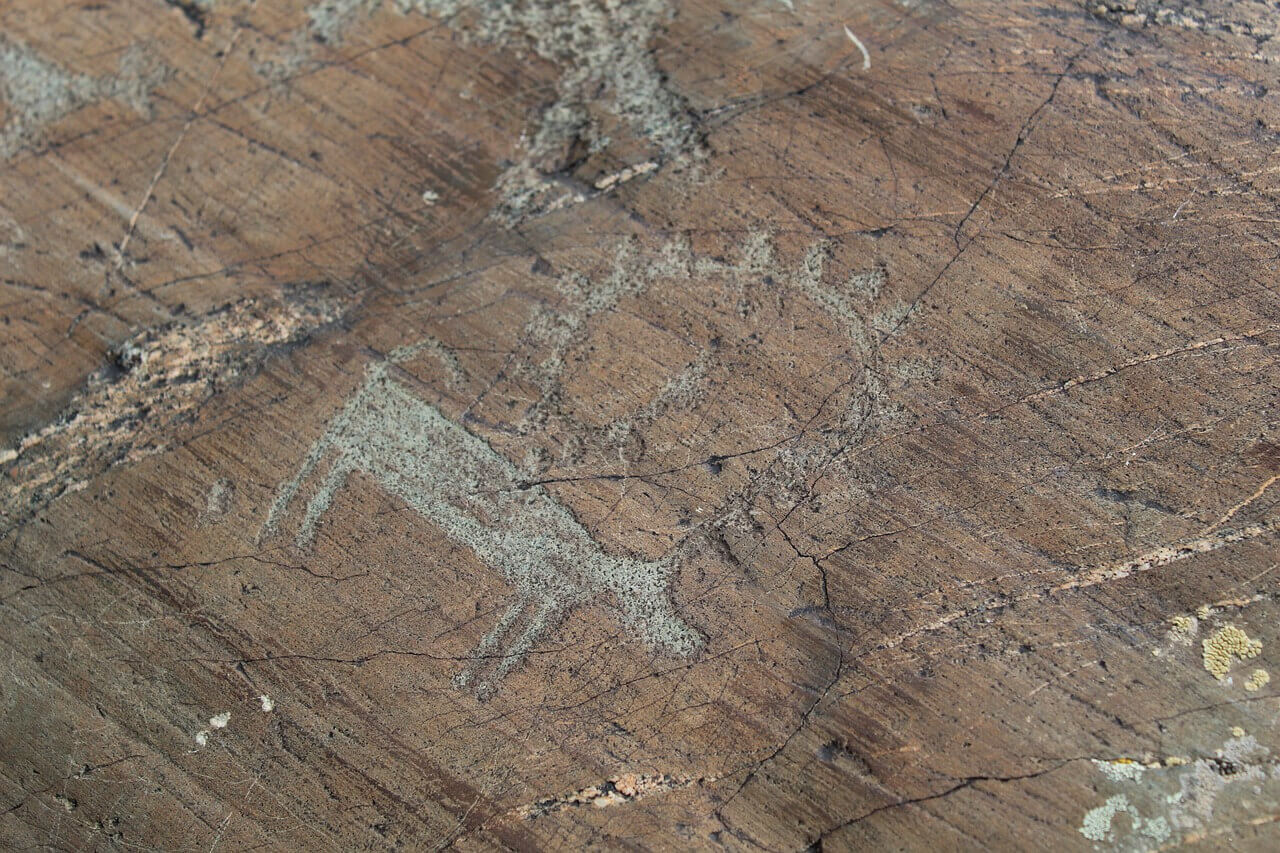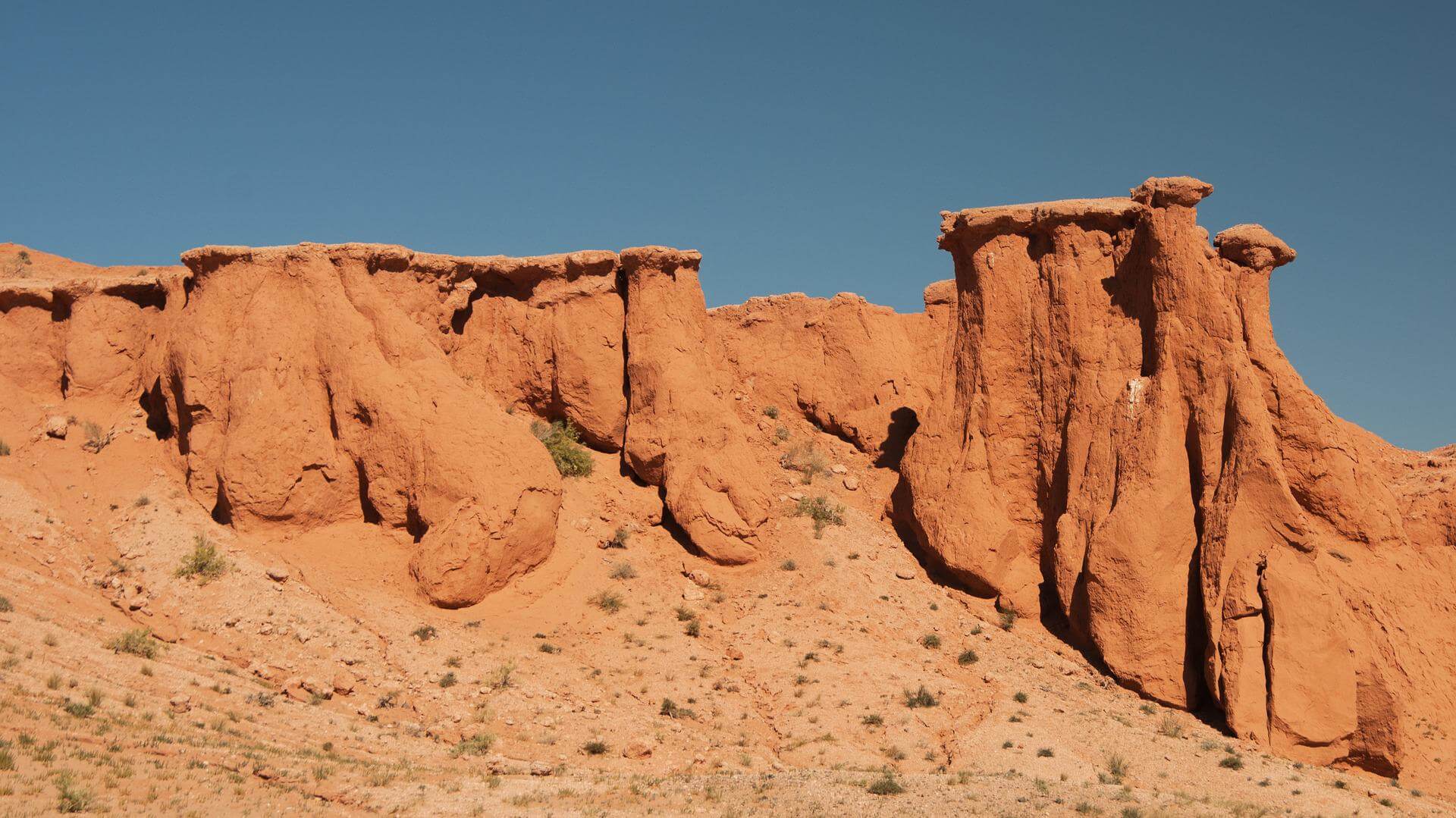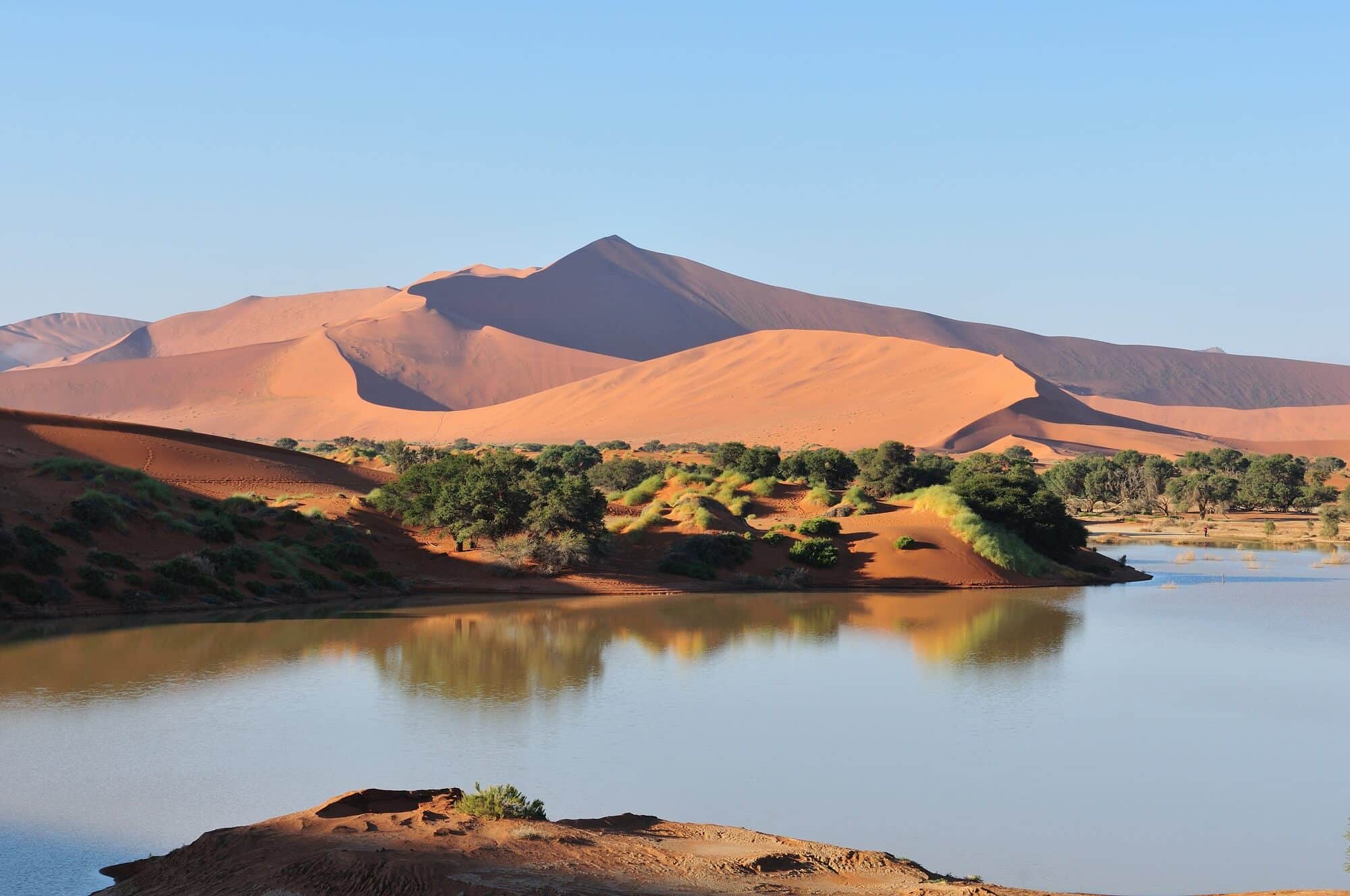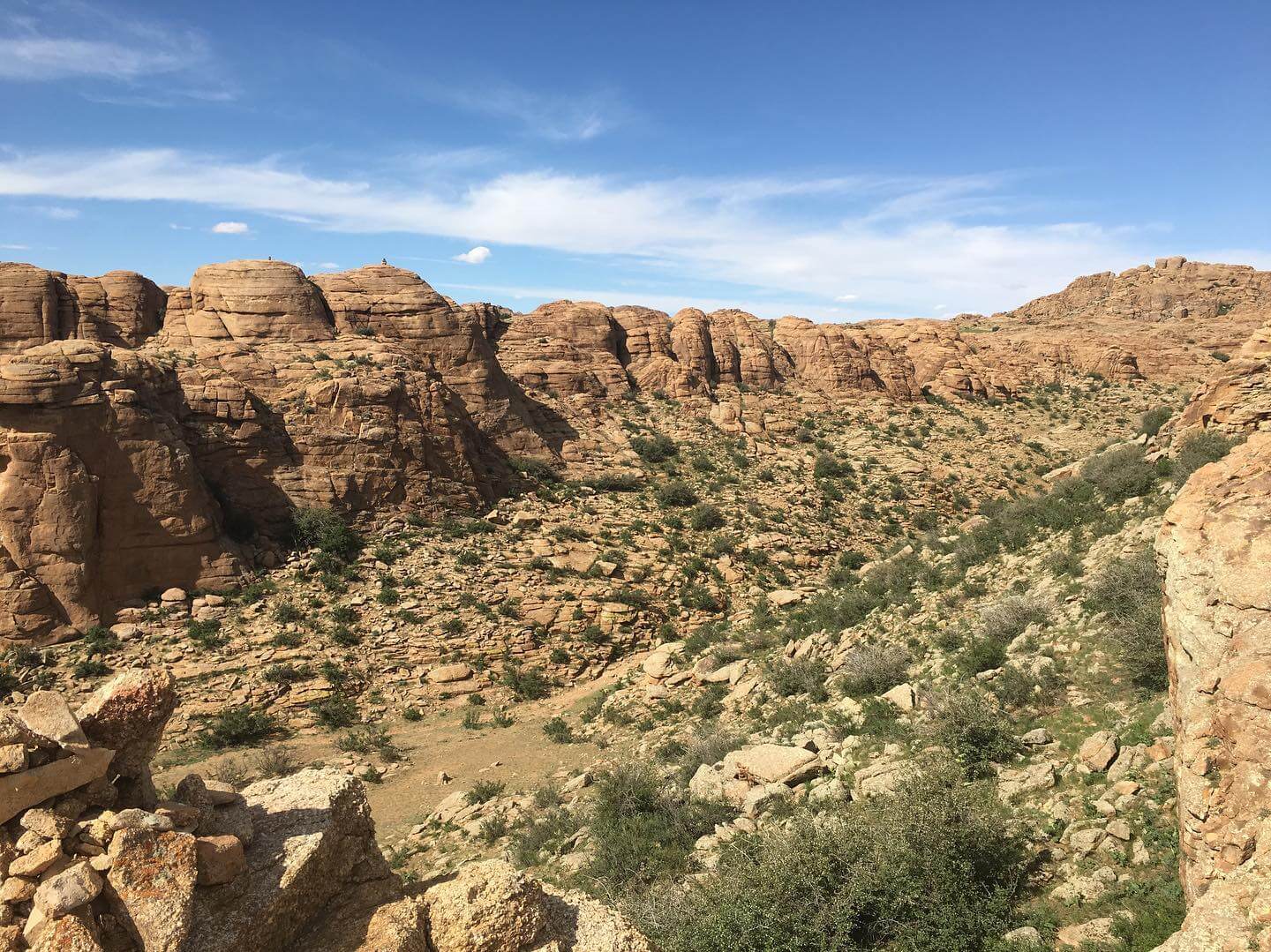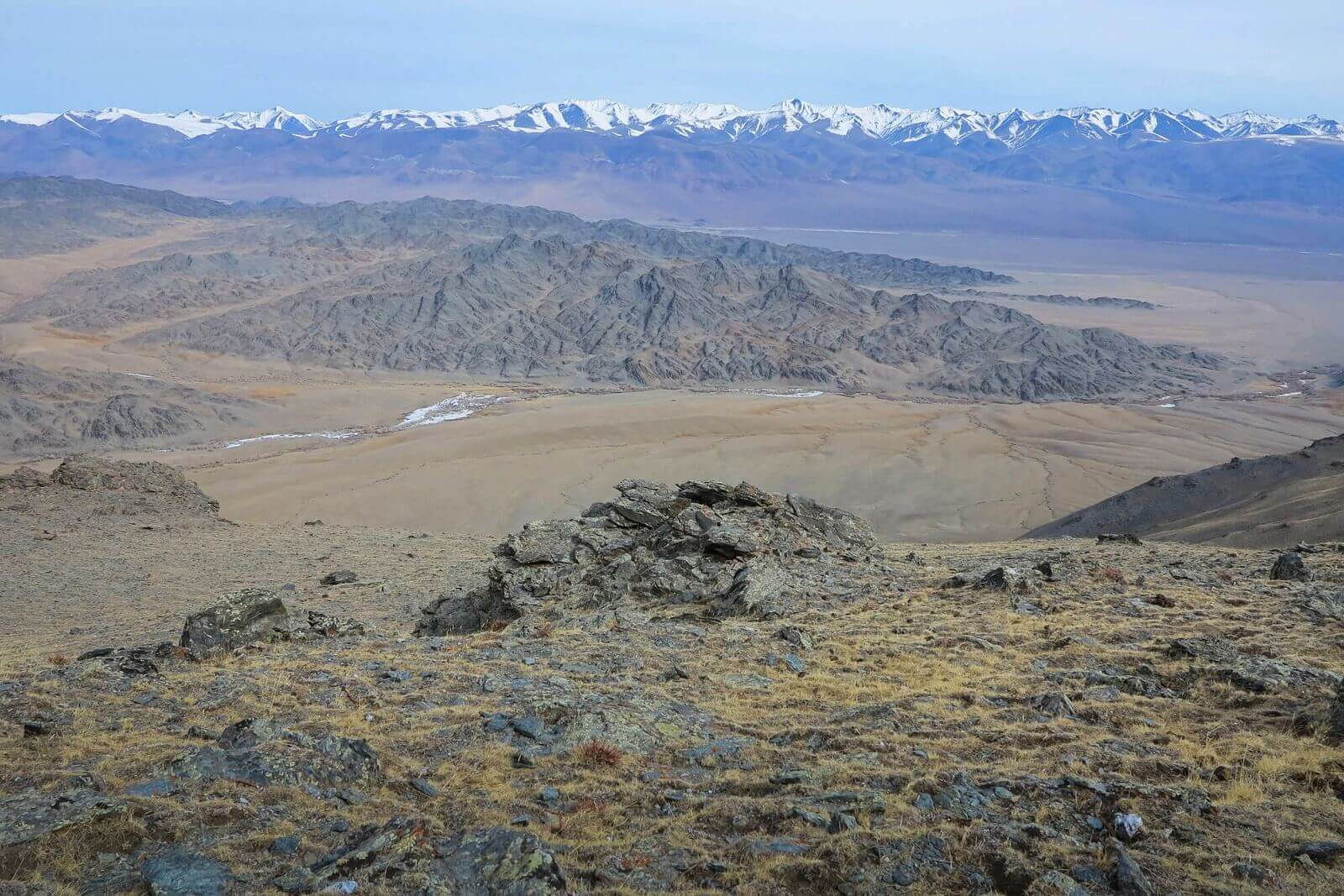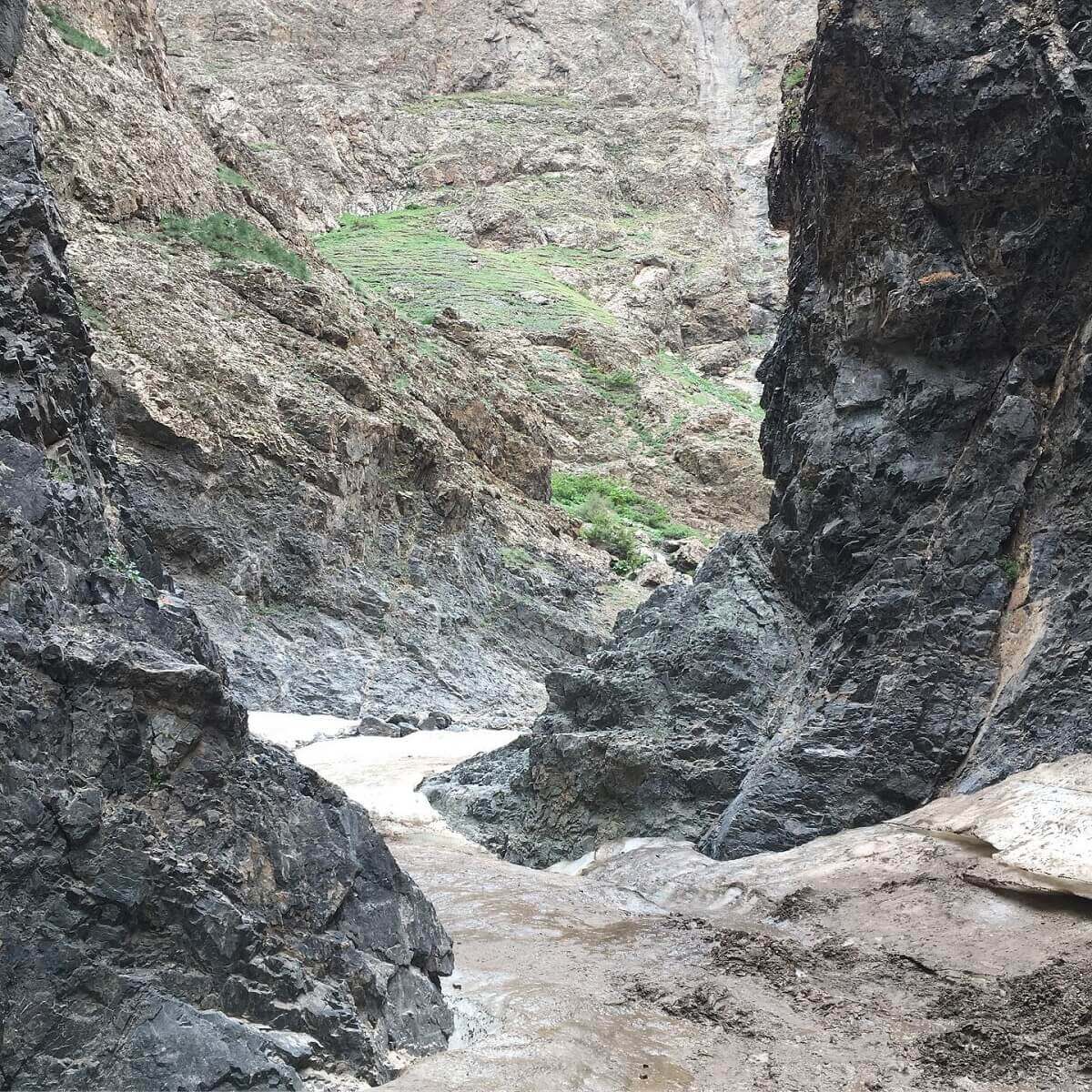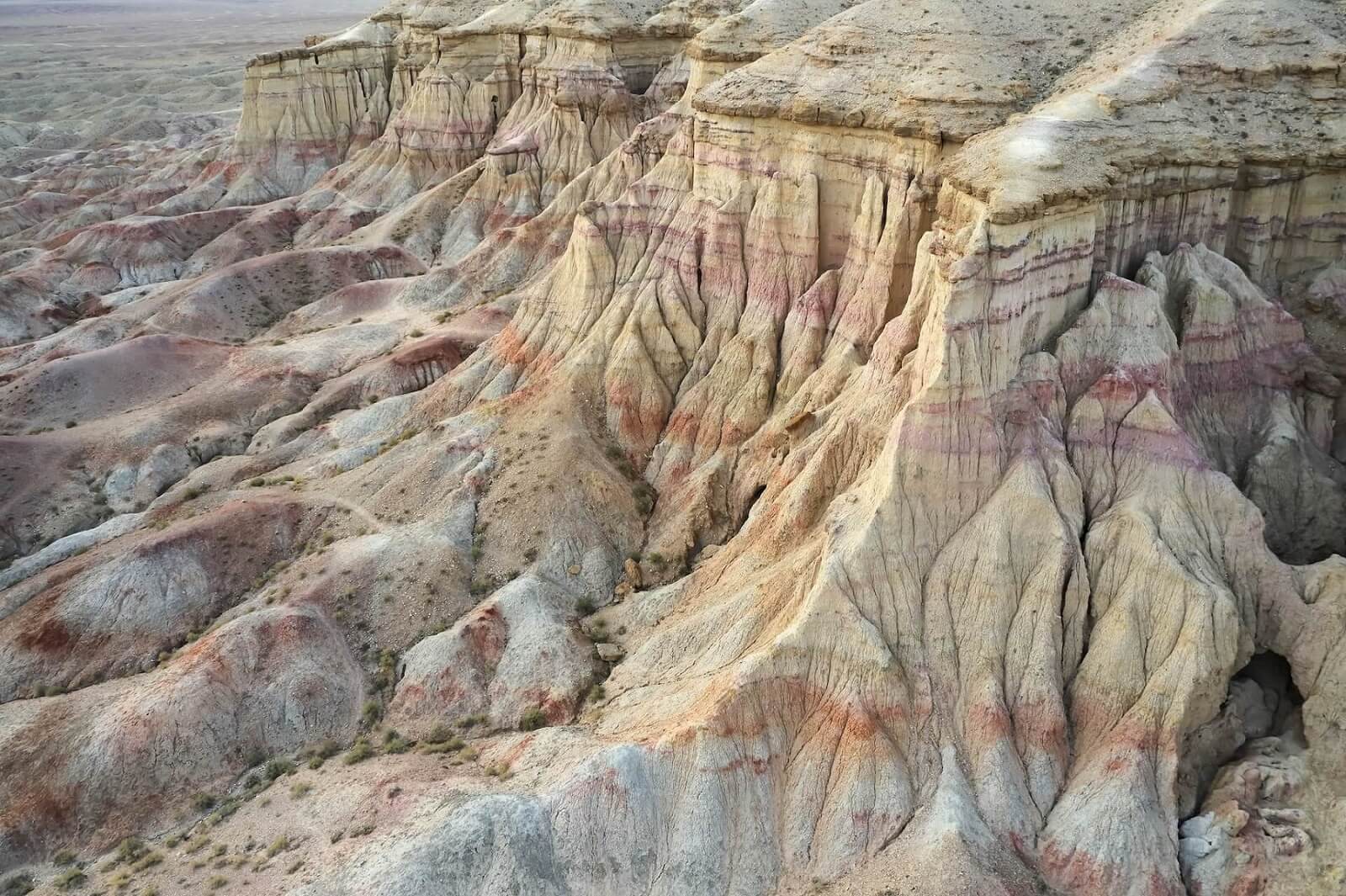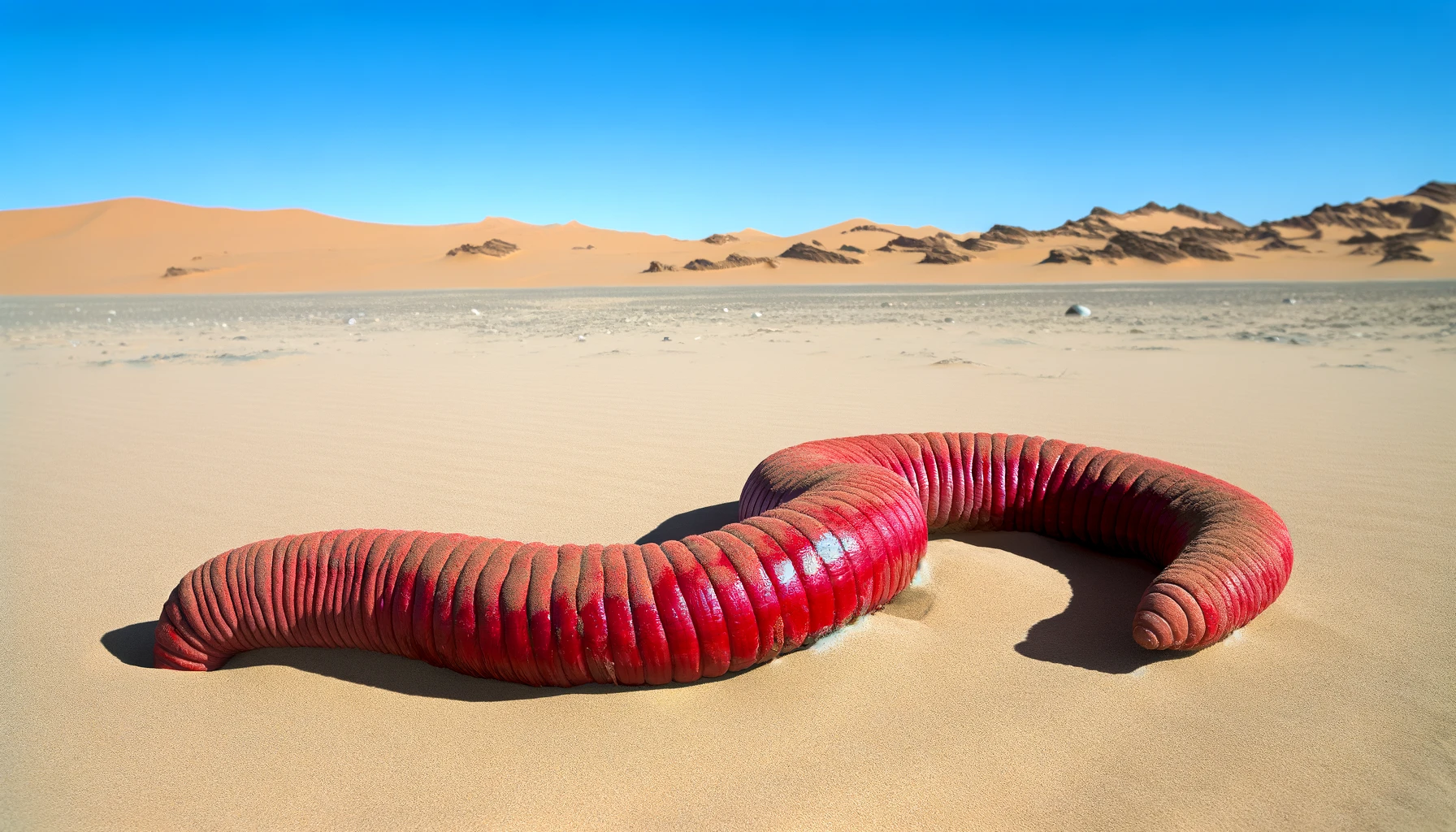Looking for an unforgettable Mongolian adventure? This guide covers the top experiences you can have in Mongolia. Whether it’s exploring the Gobi Desert, trekking the Altai Mountains, or immersing yourself in nomadic culture, get ready for a journey like no other.
Key Takeaways
- Experience the stunning natural beauty and rich cultural heritage of Mongolia through adventures in the Gobi Desert and Altai Mountains.
- Immerse yourself in the vibrant traditions of Mongolian life at events like the Naadam Festival and the Golden Eagle Festival.
- Explore Ulaanbaatar’s unique blend of ancient history and modern life, along with breathtaking sites like Khuvsgul Lake and Khustai National Park.
Explore the Gobi Desert
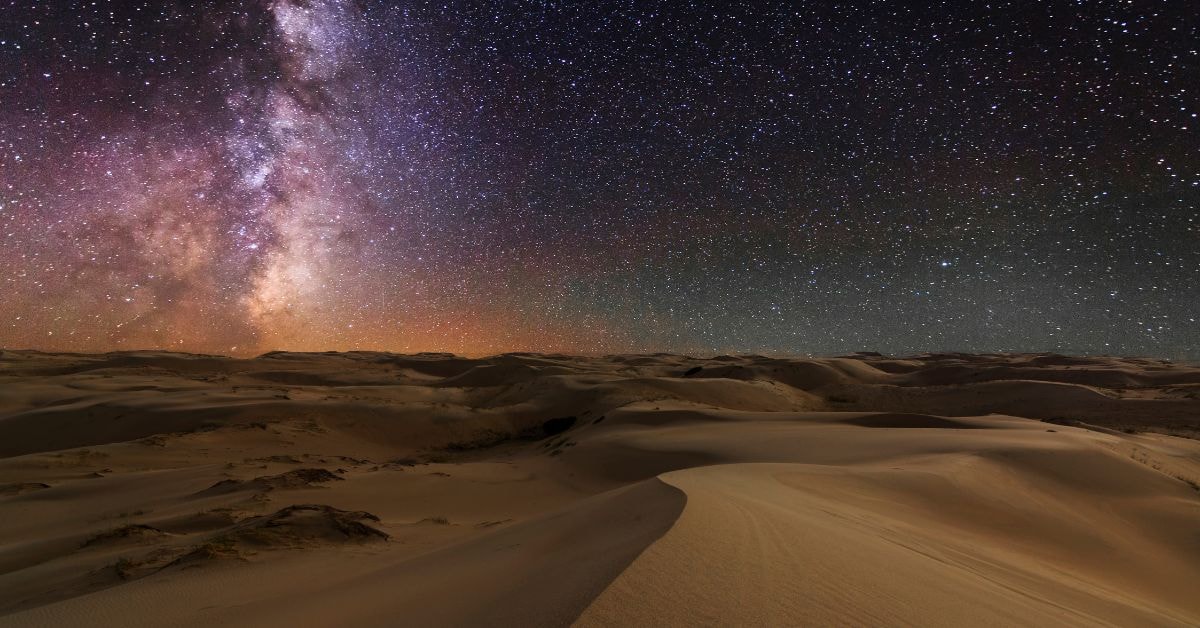
The Gobi Desert, with its dramatic landscapes and unique wildlife, is a must-visit destination for any adventurer. Imagine standing atop towering sand dunes, with the wind whipping through your hair, as you gaze out over an endless expanse of arid plateaus and rocky canyons.
The Gobi is not just a desert; it’s a world unto itself, full of surprises and hidden treasures. Here, you can witness the awe-inspiring sight of wild Bactrian camels roaming freely, a testament to the resilience of life in this harsh environment.
But the Gobi Desert is more than just its natural beauty. This desert holds significant cultural heritage for the nomadic peoples who have traversed its vast spaces for centuries. Staying in traditional ger camps, you can experience the nomadic lifestyle first-hand, learning about the customs and traditions that have been passed down through generations. The sense of freedom and connection to the land is palpable, offering a unique glimpse into a way of life that has remained largely unchanged for centuries.
Conservation efforts in the Gobi are also noteworthy. Ongoing projects aim to protect the delicate ecosystems and the unique species that inhabit them, ensuring that this remarkable region can be enjoyed by future generations. Whether you’re exploring the rolling dunes or engaging with the local nomadic herders, the Gobi Desert offers an adventure that is both thrilling and deeply enriching.
Trekking in the Altai Tavan Bogd Mountain
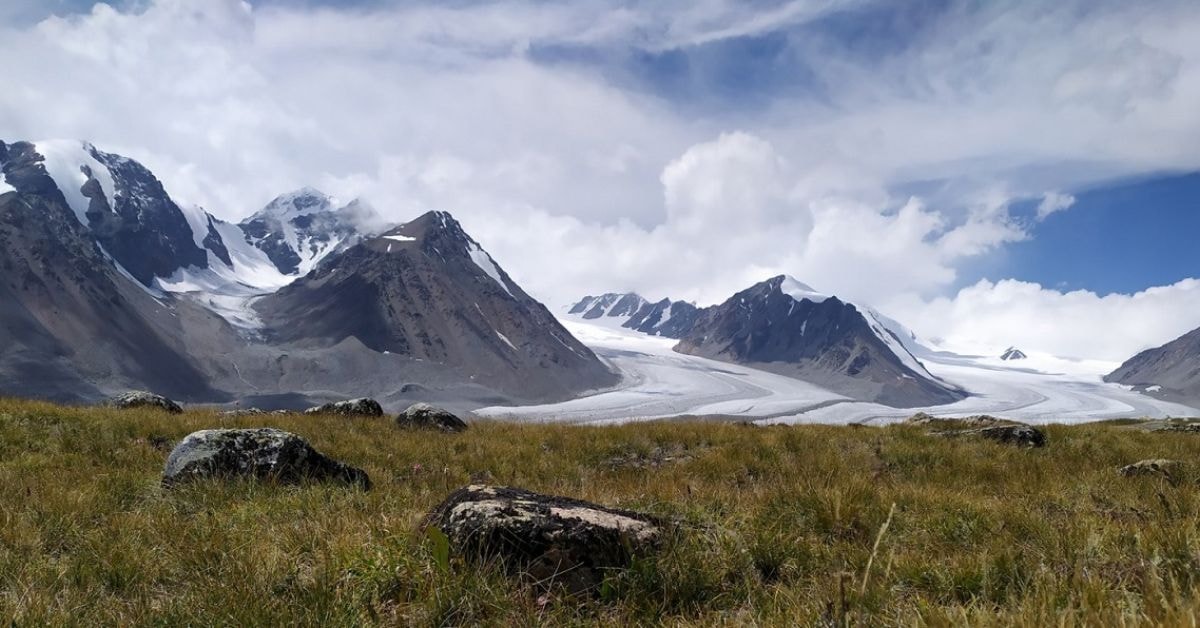
If you’re seeking an adventure that combines physical challenge with breathtaking scenery, look no further than the Altai Mountains. Located in western Mongolia, this rugged range is characterized by snow-capped peaks, glaciers, and pristine lakes. Trekking here is not for the faint of heart; the unpredictable weather and poor road conditions can make travel challenging. However, the rewards are well worth the effort. The Tavan Bogd massif, with its five prominent peaks, including the highest, Khüiten, at 4,374 meters, offers some of the most dramatic scenery you’ll ever encounter.
The Altai Mountains are also rich in cultural history. In the Tsagaan Gol valley, you can find petroglyphs dating back to the Bronze and Iron Ages, depicting the region’s historical transitions. These ancient carvings provide a fascinating glimpse into Mongolia’s rich history and the lives of the people who have inhabited this remote area for millennia. As you trek through this untouched remoteness, you’ll feel a profound connection to the past and the enduring spirit of the Mongolian nomads.
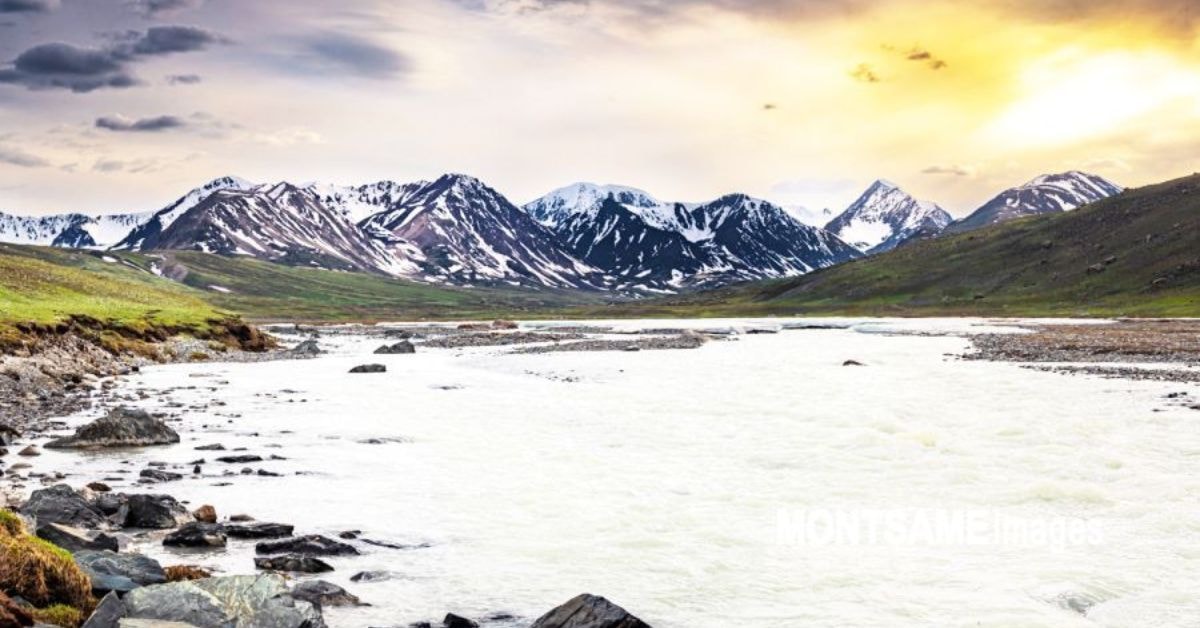
One of the highlights of trekking in the Altai Mountains is the opportunity to meet the Kazakh eagle hunters. These skilled hunters train golden eagles to hunt small animals, a tradition that has been passed down through generations. Witnessing an eagle hunting demonstration is a thrilling experience, showcasing the deep bond between hunter and bird and the incredible skill involved in this ancient practice.
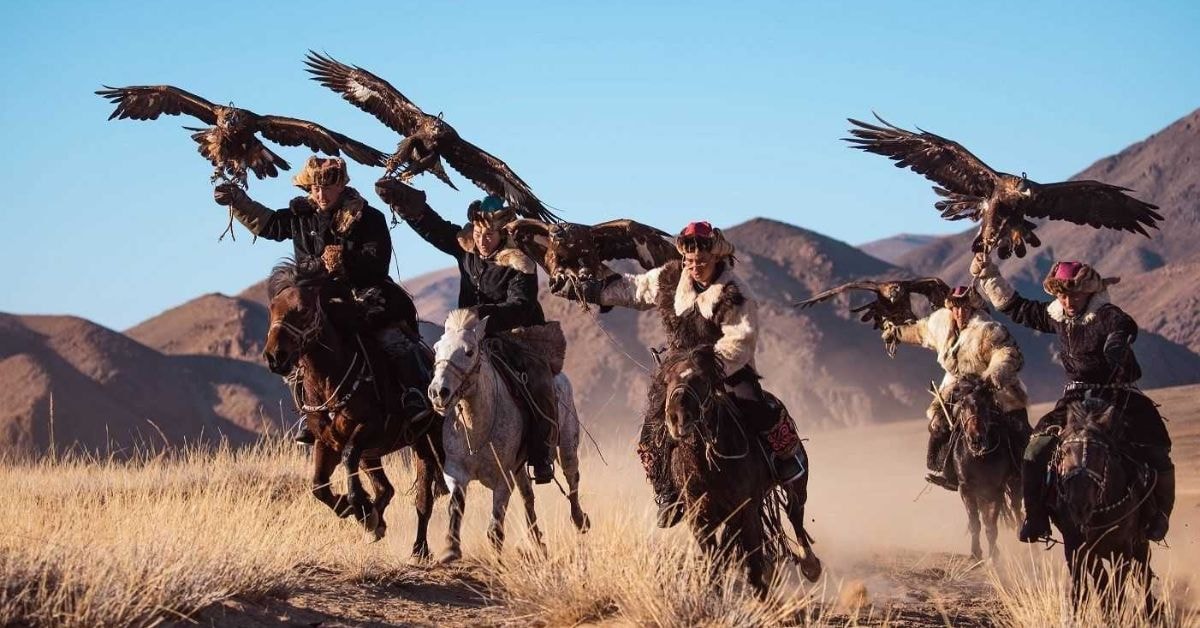
Ulaanbaatar: The Heart of Mongolia
No visit to Mongolia would be complete without spending some time in its vibrant capital, Ulaanbaatar. Serving as the cultural and historical heart of the country, Ulaanbaatar is a city where ancient traditions and modern life coexist harmoniously. One of the city’s most iconic landmarks is the Gandan Monastery, a key spiritual site renowned for its impressive architecture and vibrant Buddhist practices. As you wander through the monastery, you’ll be enveloped in the serene atmosphere, with the sound of monks chanting and the scent of incense in the air.
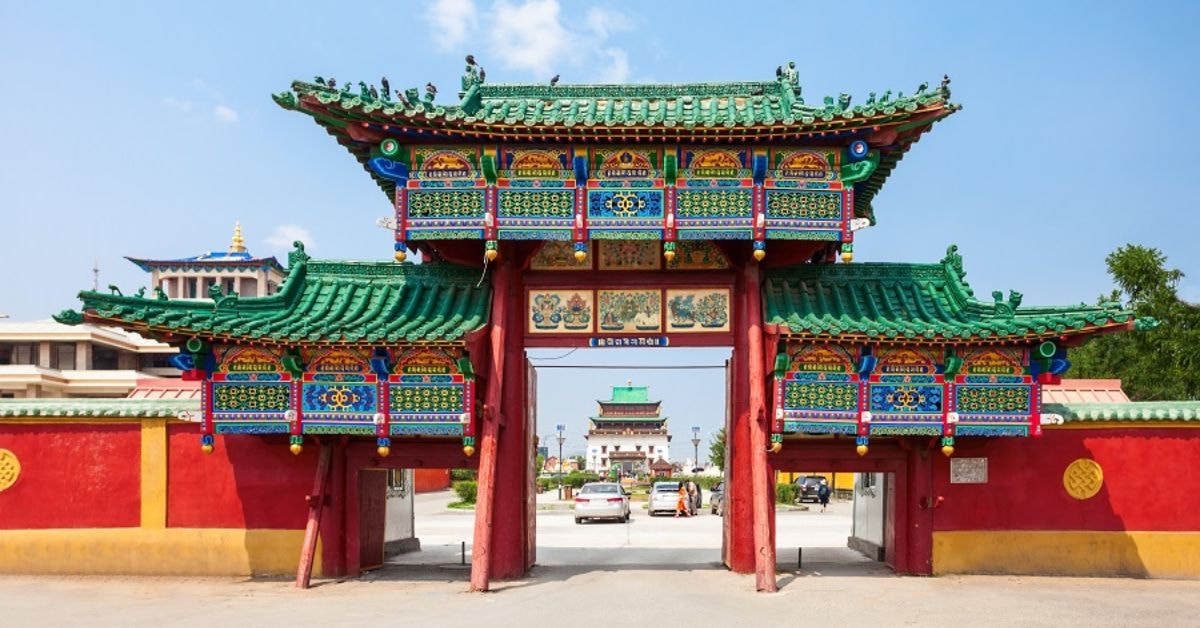
For a deeper dive into Mongolia’s rich history, a visit to the Chinggis Khan Museum is a must. The museum houses over 10,000 items, including artifacts from Mongolia’s nomadic history and significant royal relics. Each exhibit tells a story, offering insights into the lives of the Mongolian people and their enduring legacy. Whether you’re a history buff or simply curious, the Chinggis Khan Museum provides a fascinating window into the past.
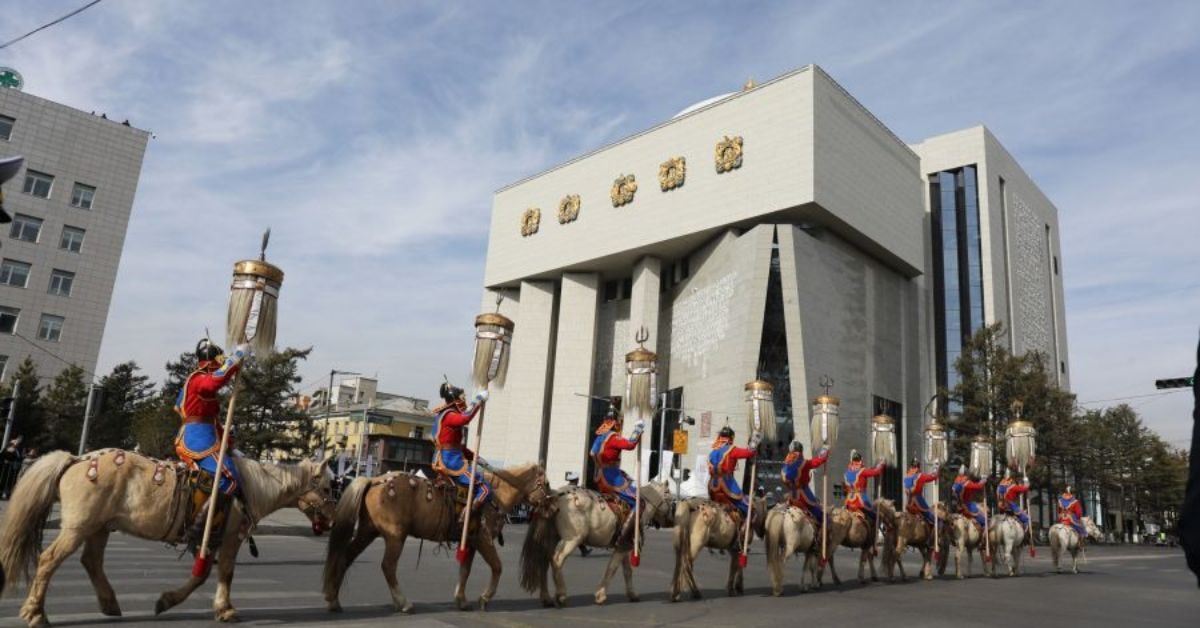
Ulaanbaatar is also a hub for cultural performances, featuring traditional throat singing and dances that reflect Mongolia’s vibrant heritage. These performances are a feast for the senses, showcasing the artistry and skill of Mongolian performers. As you explore the bustling streets and immerse yourself in the local culture, you’ll find that Ulaanbaatar is a city that never fails to captivate and inspire.
Khuvsgul Lake: The Blue Pearl of Mongolia
Nestled in the northern reaches of Mongolia, Khuvsgul Lake is often referred to as the “Blue Pearl of Mongolia” for its stunningly clear, vibrant blue waters. This pristine lake is one of the largest in Mongolia and offers a serene escape from the hustle and bustle of city life. Surrounded by lush forests and snow-capped peaks, Khuvsgul Lake is a paradise for nature lovers and adventure seekers alike.
Visitors to Khuvsgul Lake can engage in a variety of activities, from trekking through the surrounding landscapes to fishing and horseback riding along the lake’s shores. The area is home to diverse wildlife, including elk, reindeer, and various bird species, making it a great destination for wildlife enthusiasts. The tranquil environment and breathtaking scenery provide the perfect backdrop for outdoor adventures and moments of reflection.
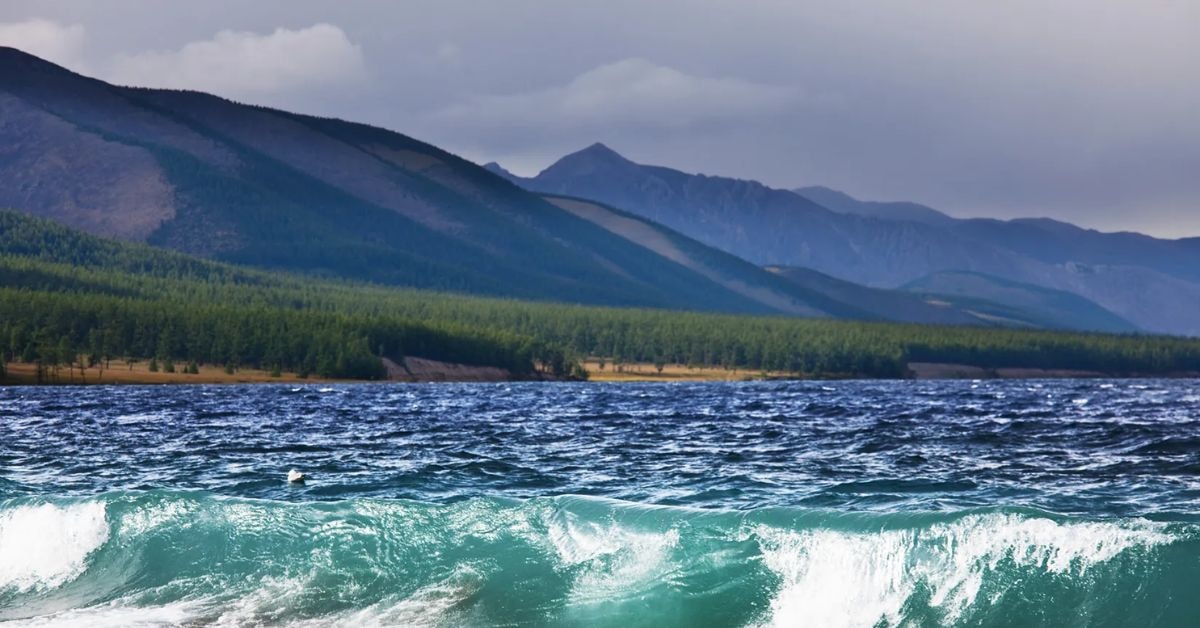
One of the most unique experiences at Khuvsgul Lake is the opportunity to interact with the Tsaatan reindeer herders. These nomadic people have a deep connection to the land and their reindeer, and they offer visitors a glimpse into their traditional way of life. Staying in a traditional ger near the lake, you can learn about their customs, participate in daily activities, and gain a deeper appreciation for their remarkable resilience and cultural heritage.
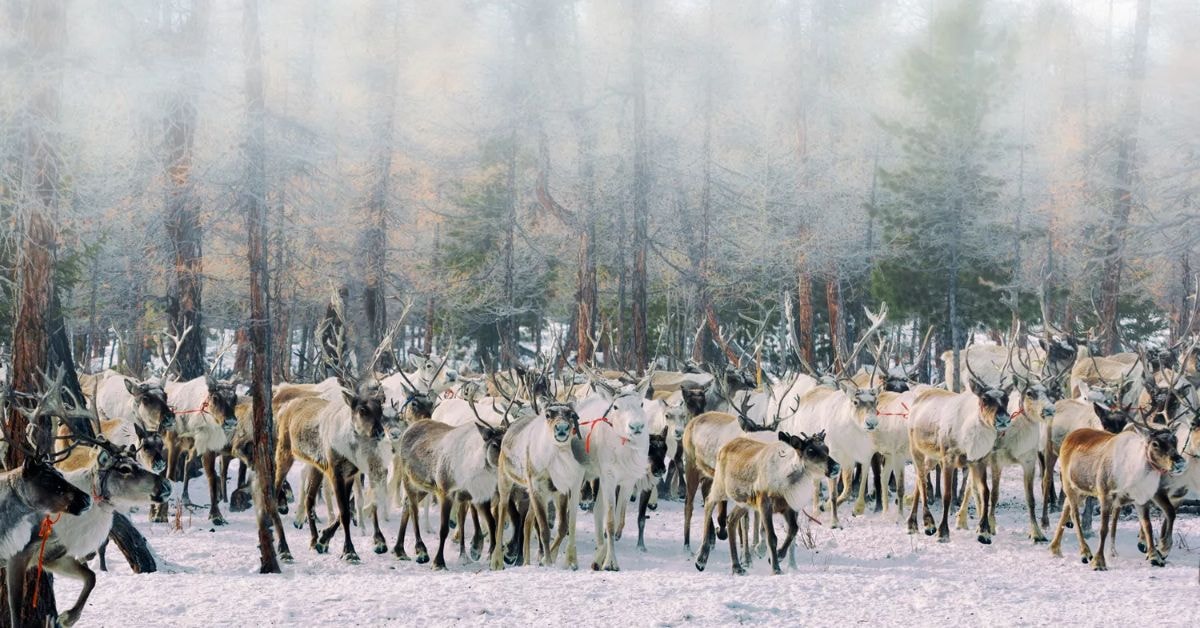
Experience Nomadic Life in Central Mongolia
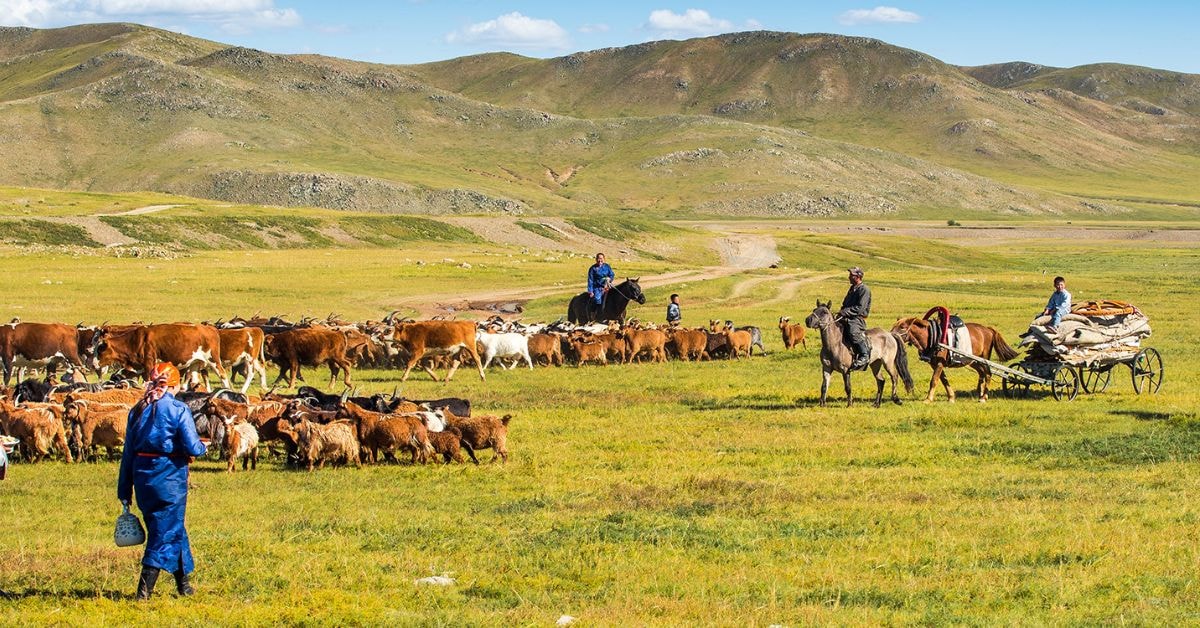
To truly understand Mongolia, one must experience the nomadic lifestyle that has defined its culture for centuries. Central Mongolia offers the perfect setting for this immersive experience, where you can live with nomadic families and participate in their daily routines. Staying in a traditional ger, you’ll wake up to the sound of livestock and the smell of fresh air, a far cry from the hustle and bustle of modern life.
Engaging with local communities is an integral part of Mongolian adventure. You’ll have the opportunity to learn about traditional lifestyles and local cuisine, gaining insights into the customs and traditions that have been passed down through generations. From herding livestock and milking cows to teaching basic English to nomadic children and learning some Mongolian in return, each day offers a new and enriching experience.
Participating in cultural immersion projects during peak animal breeding seasons can be particularly engaging, as you’ll witness the rhythms of nomadic life in full swing. This relaxed pace of life allows for meaningful connections with the local people and a deeper appreciation for the simplicity and beauty of local life and the nomadic way of life. It is one of the unique Mongolian adventure, you might experience.
Khustai National Park: Home of the Takhi Horses
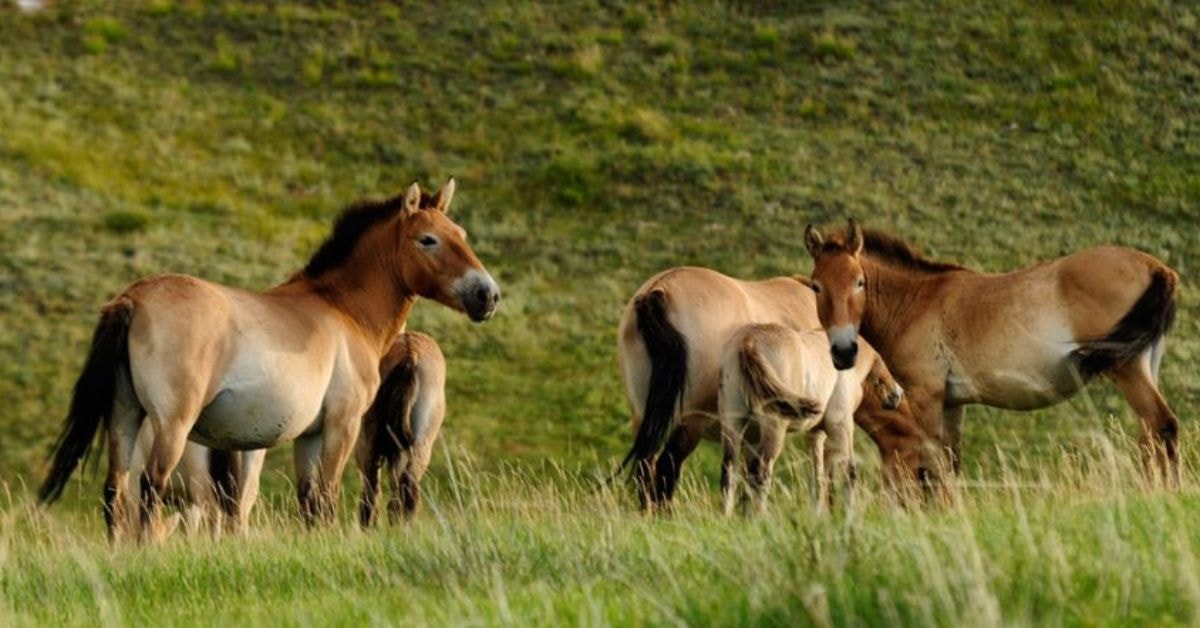
Khustai National Park is a haven for wildlife enthusiasts and nature lovers, famous for its successful re-introduction of the Przewalski’s horse, also known as the Takhi. Once extinct in the wild, these magnificent horses now roam freely in the park, thanks to dedicated conservation efforts. Guided tours offer the chance to spot these rare horses and other wildlife, such as red deer and marmots, during early mornings and late evenings.
The diverse landscapes, including ridges and valleys, provide ideal conditions for hiking and wildlife observation. As you explore the vast steppes and rugged terrains, you’ll be struck by the park’s untouched beauty and the sense of tranquility that pervades the area. Whether you’re an avid hiker or simply enjoy a leisurely walk, Khustai National Park offers a variety of trails that cater to all levels of fitness and interest.
Khustai National Park’s conservation efforts have not only benefited the Takhi horses but also increased the populations of other species, contributing to the overall health of the ecosystem. Visiting this national park is not just an Mongolian adventure; it’s an opportunity to witness the positive impact of conservation and the importance of protecting our natural world.
The Golden Eagle Festival
The Golden Eagle Festival, held annually in early October in Bayan-Ölgii, is a spectacle like no other. This festival celebrates the ancient tradition of eagle hunting, where Kazakh eagle hunters showcase their incredible skills and the deep bond they share with their golden eagles. Watching these majestic birds soar through the sky and return to their handlers is a breathtaking Mongolian adventure that highlights the unique cultural heritage of the region.
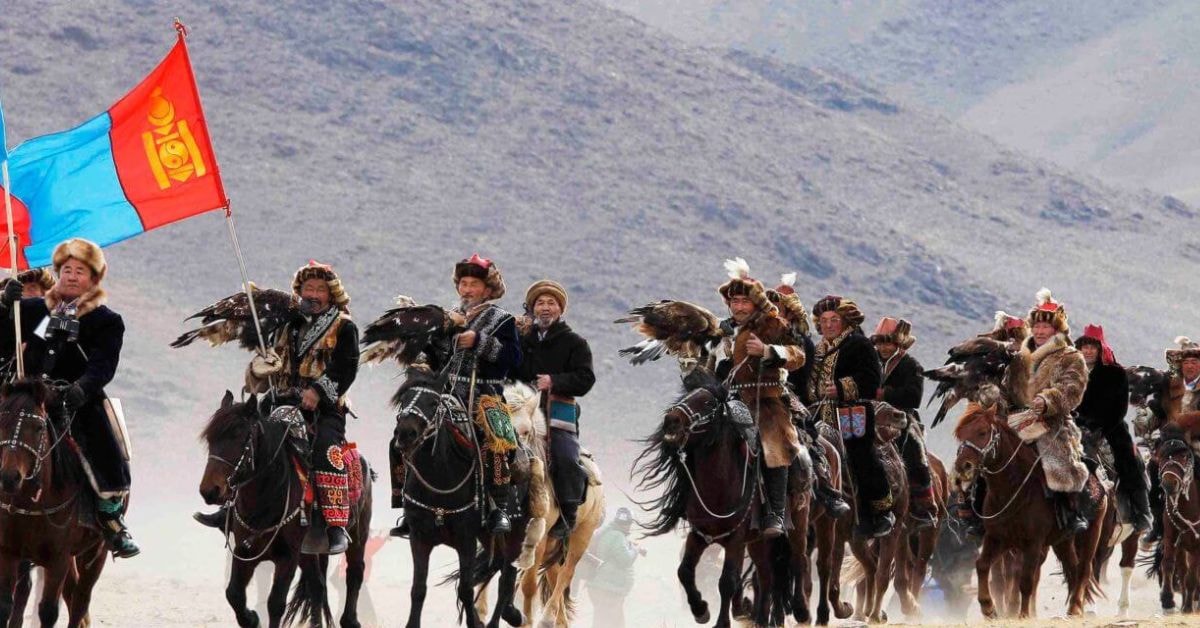
The festival includes various competitions, where prizes are awarded for speed, agility, and the best traditional attire. It’s not just about the hunt; it’s also a vibrant cultural event featuring throat singing, traditional dances, and communal feasts. Attendees often describe the Golden Eagle Festival as a magnificent cultural experience, offering a rare glimpse into a way of life that has endured for centuries.
For those looking to immerse themselves in Mongolian culture, meals included in the festival package often feature traditional Kazakh cuisine, adding another layer of authenticity to the experience. The Golden Eagle Festival is more than just an event; it’s a celebration of the enduring traditions and the resilient spirit of the Mongolian people.
Bayanzag: The Flaming Cliffs
Bayanzag, also known as the Flaming Cliffs, is a destination that appeals to both nature lovers and history enthusiasts. Located in the Gobi Desert, this site is famous for being the first place where dinosaur eggs were discovered, thanks to the explorations of American paleontologist Roy Chapman Andrews in the 1920s. The cliffs are renowned for their distinctive red sandstone formations, which glow brilliantly under the setting sun, giving them their fiery nickname.
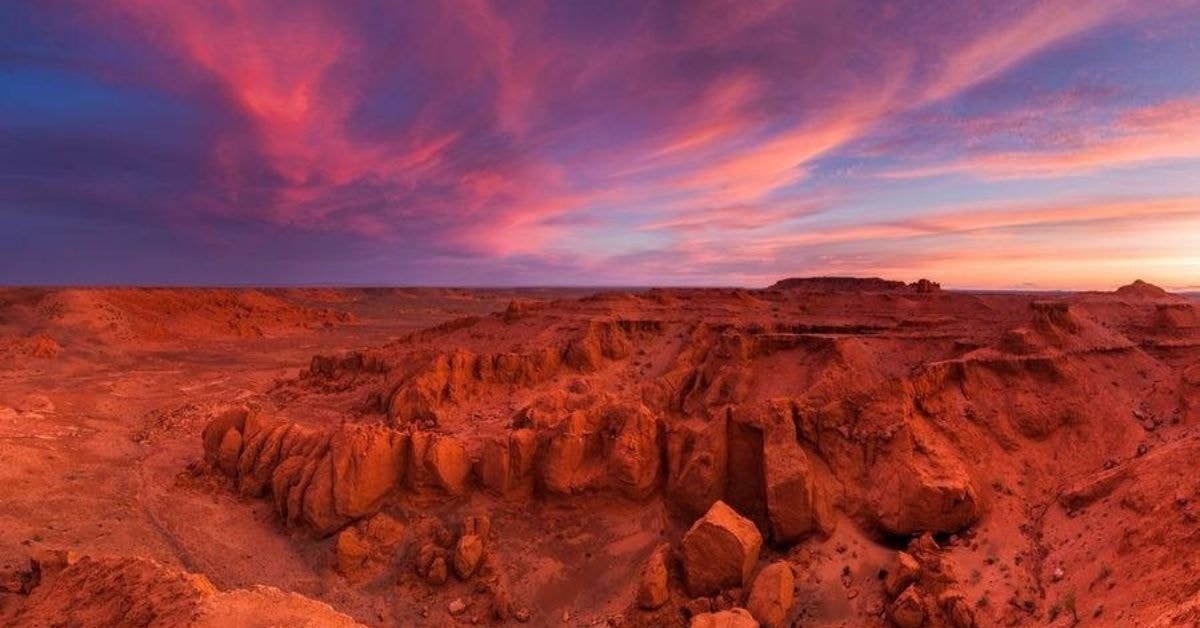
The paleontological significance of Bayanzag cannot be overstated. The area has yielded numerous fossils, including complete dinosaur skeletons, such as those of the Velociraptor and Protoceratops. These discoveries provide important insights into ancient ecosystems and have cemented Bayanzag’s status as a key site for paleontological research. For those fascinated by prehistoric life, a visit to the Flaming Cliffs is a thrilling journey into the past.
Aside from its scientific importance, Bayanzag’s dramatic scenery makes it a popular spot for photographers and explorers alike. The striking orange-hued cliffs and the surrounding vast steppes create a landscape that is both surreal and captivating. Whether you’re interested in fossils or simply want to marvel at the natural beauty, Bayanzag is a destination that promises to leave a lasting impression.
Karakorum and Erdene Zuu Monastery
Karakorum, the ancient capital of the Mongol Empire, is a place steeped in history and significance. Founded by Genghis Khan in the early 13th century, Karakorum was once a thriving center of power and culture. Today, the site is home to the Erdene Zuu Monastery, the oldest surviving Buddhist monastery in Mongolia, established in 1585. The monastery was built using materials from the ruins of Karakorum, symbolizing the continuity of Mongolia’s rich history.
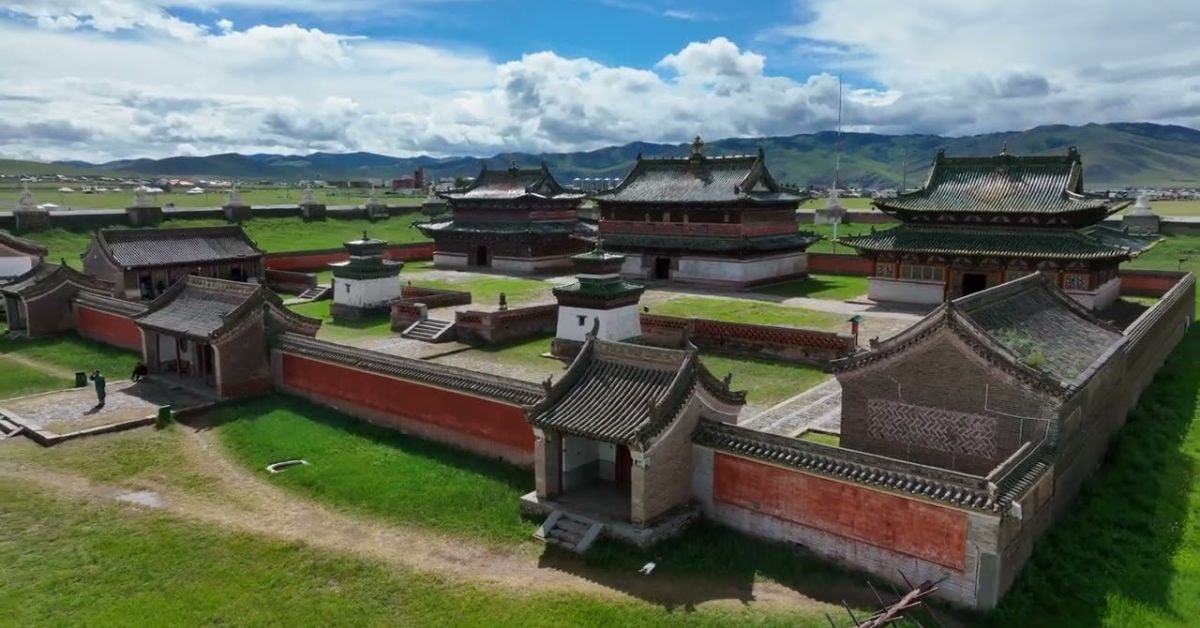
The Erdene Zuu Monastery is a remarkable example of Buddhist architecture and artistry. Although it suffered significant destruction during the purges of the 1930s, some structures, including three temples, survived and have been restored as active places of worship. The monastery’s walls were originally intended to feature 108 stupas, a significant number in Buddhism, though this plan was not fully realized. Walking through the monastery, you’ll feel a sense of reverence and wonder at the enduring spirit of this sacred place.
Visiting Karakorum and Erdene Zuu Monastery offers a deep dive into Mongolia’s spiritual and cultural heritage. The site serves as a poignant reminder of the country’s historical transitions and the resilience of its people. Whether you’re exploring the ancient ruins or participating in a prayer ceremony, this destination provides a profound and enriching experience that adds to your Mongolian adventure.
Naadam Festival: A Celebration of Mongolian Culture
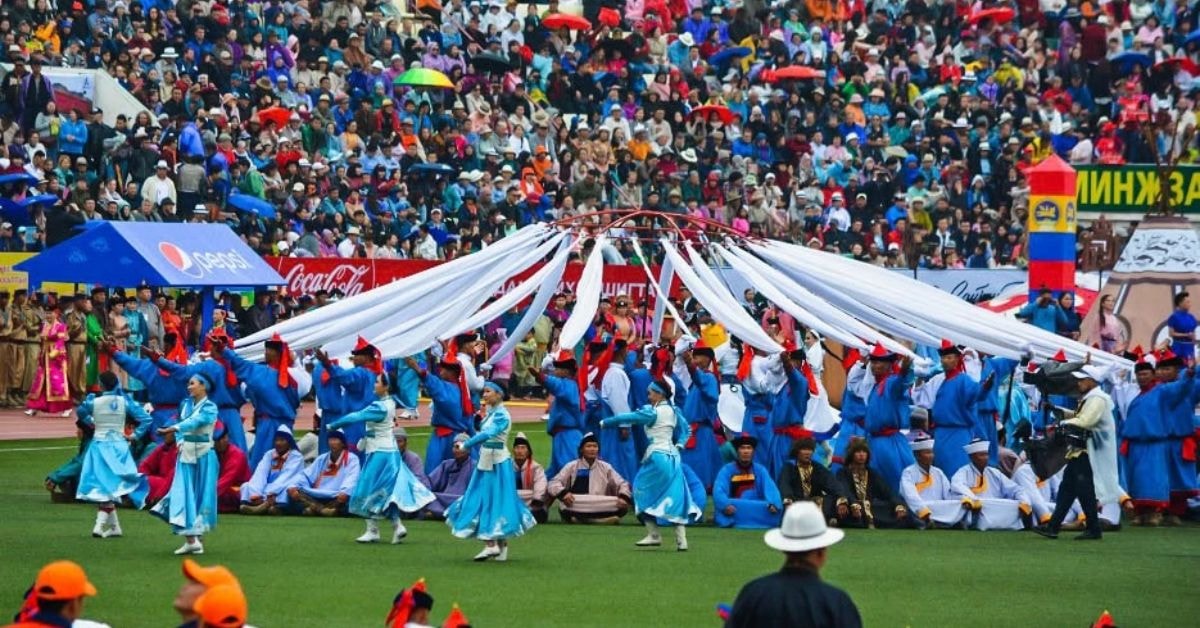
One of the most anticipated events in Mongolia is the Naadam Festival, held annually from July 11 to 13. This festival is a celebration of Mongolia’s rich history and nomadic culture, featuring traditional sports such as wrestling, horse racing, and archery. These sports are not just competitions; they are deeply rooted in the nomadic lifestyle and have been an integral part of Mongolian culture for centuries.
Participants in the Naadam Festival don traditional costumes and use specific tools and equipment for the events. The festival is a vibrant display of color and tradition, with rituals that include songs and poems dedicated to the competitors, emphasizing respect for nature and the human spirit. The atmosphere is electric, as communities come together to celebrate and cheer on their champions.
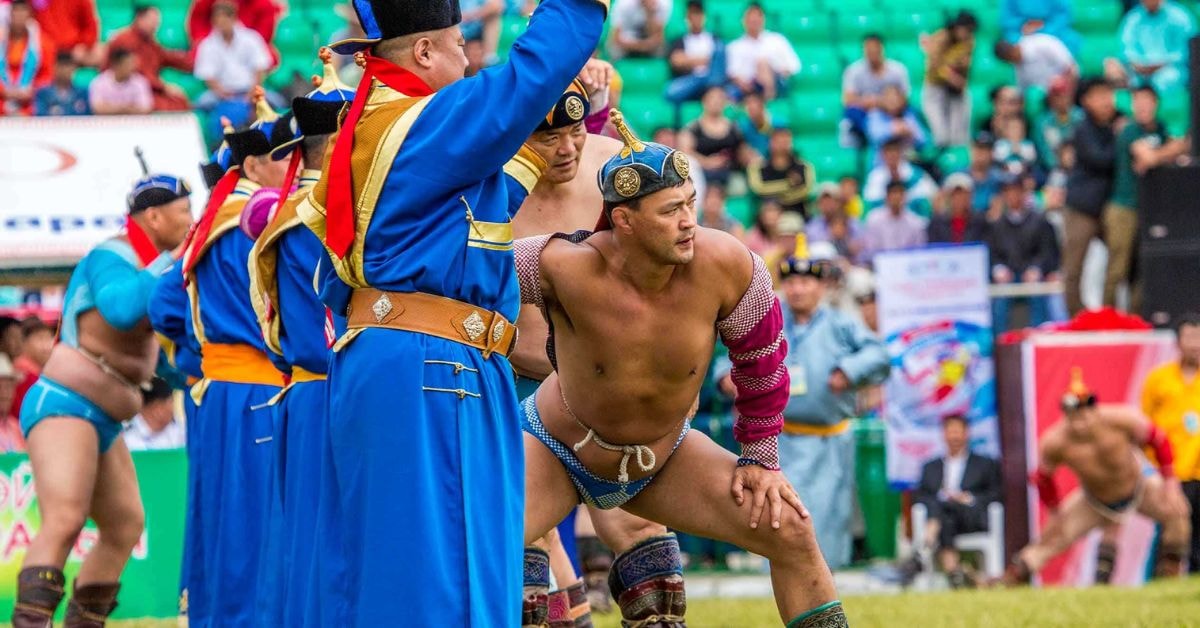
Winning a Naadam competition is a prestigious honor, with titles awarded to the best athletes, highlighting their prowess in these traditional sports. The festival promotes community involvement and encourages everyone to participate in the festivities. Whether you’re a spectator or a participant, the Naadam Festival offers an unforgettable glimpse into the heart of Mongolian culture.
Summary of your Mongolian Adventure
From the vast steppes of the Gobi Desert to the cultural richness of Ulaanbaatar, Mongolia offers a diverse array of experiences that cater to every type of traveler. Each destination we’ve explored—be it the dramatic landscapes of the Altai Mountains, the serene beauty of Khuvsgul Lake, or the historic significance of Karakorum—provides a unique Mongolian adventure that is both thrilling and deeply enriching. The festivals, such as the Golden Eagle Festival and Naadam, further highlight the vibrant traditions and resilient spirit of the Mongolian people.
As you plan your Mongolian adventure for 2025, consider these top destinations and experiences that promise to leave you with lasting memories and a deeper appreciation for this remarkable country. Embark on this journey with an open heart and a spirit of Mongolian adventure, and you’ll discover why Mongolia is one of the most captivating destinations in the world.
If you would like to explore more about Destinations & Hidden Gems in Mongolia, Read following articles:
- “Mongolia’s Hidden Gems: 7 Underrated Destinations You Need to See”
- “Why Mongolia is One of the Best Road Trip Destinations in the World”
- “Iceland vs. Mongolia: Which Destination Offers the Best Adventure?”
Frequently Asked Questions
What was the expedition to Mongolia?
The expedition to Mongolia, particularly in the 1920s led by Roy Chapman Andrews, focused on discovering incredible fossils in the Gobi Desert, including dinosaurs and other prehistoric life. This groundbreaking exploration significantly advanced our understanding of paleontology.
What is the best time to visit Mongolia for these Mongolian adventures?
The best time to visit Mongolia for Mongolian adventure is from June to September, as the warmer weather and vibrant festivals, like Naadam, enhance your experience. You’ll love the energy and beauty of the landscape during these months!
Do I need a visa to travel to Mongolia?
Yes, most travelers need a visa to enter Mongolia, so be sure to check the requirements for your country. Planning ahead will make your trip much smoother!
What should I pack for a trip to the Gobi Desert?
For your trip to the Gobi Desert, make sure to pack lightweight, breathable clothing for the warm days and warm layers for the cooler nights, along with sunscreen, a hat, and sturdy footwear. You’re set for an amazing Mongolian adventure! For detailed information please read The Complete Mongolia Travel Packing List: Essentials & Tips for a Smart Trip
Are there guided tours available in the Altai Mountains?
Absolutely! Guided trekking tours in the Altai Mountains are a fantastic way to explore the stunning landscape and learn about the rich culture of the area.
Hope you have enormous travel experience with full of Mongolian Adventure !

